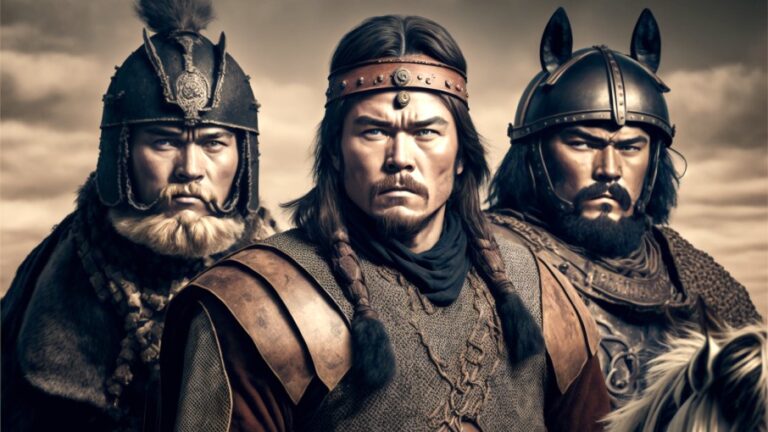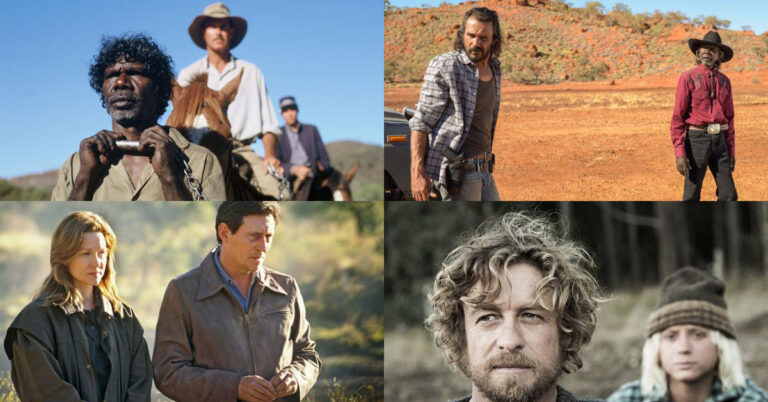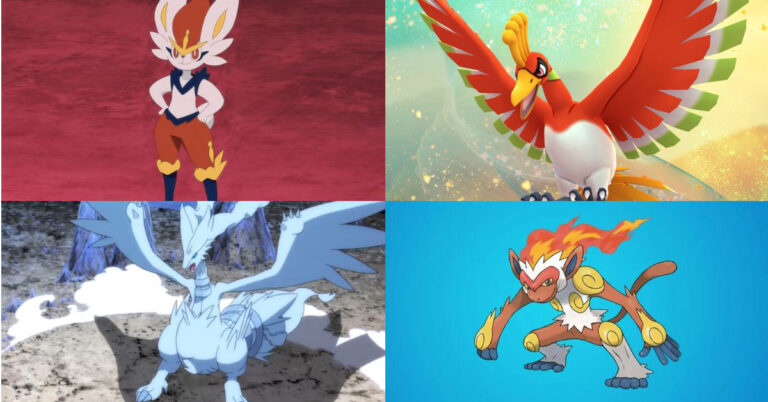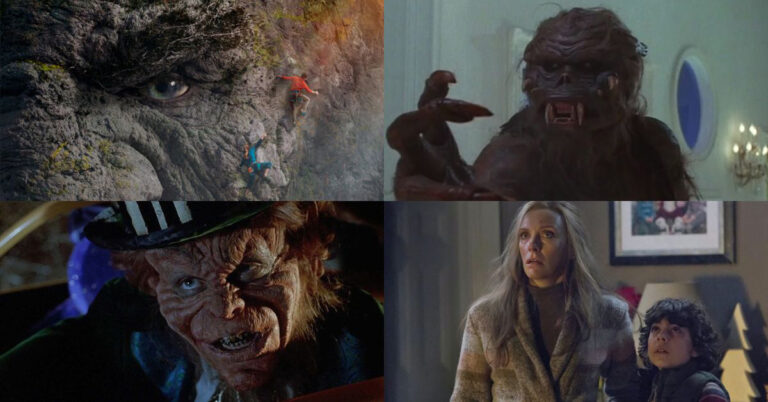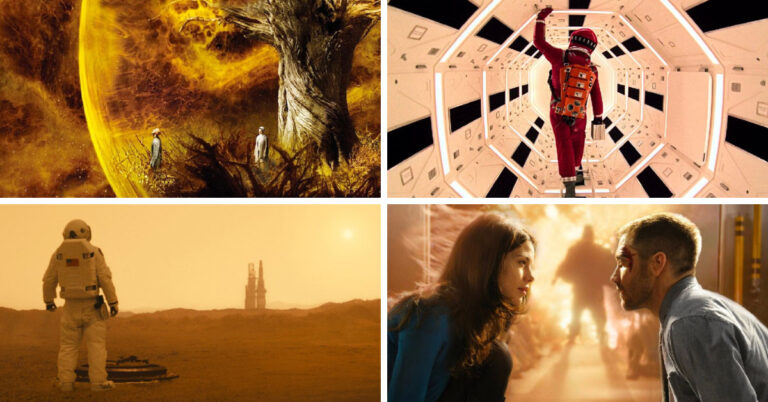90 Best 90s Cartoons You Need to Watch
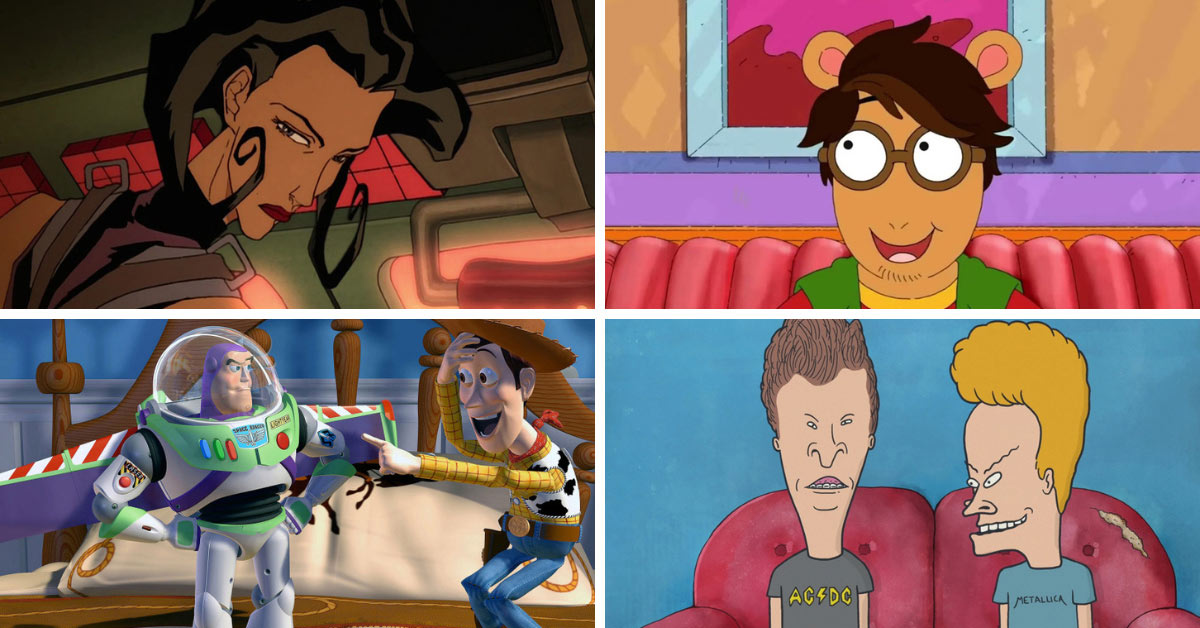
The 90s were an amazing time for animated works in Hollywood and our list will prove it. We have made you the most comprehensive list of the best 90s cartoons you just need to watch, either for the first time, or to remember them again.
From superhero shows featuring Batman, Superman, Spider-Man and more, to big animated featured movies like Lion King, Alladin…, and also we can’t forget naughty cartoons like South Park, Family Guy and many many more.
We would also like to let you know that the cartoons put on this list are only the ones that started in the 90s. They can continue in the 2000s, but we won’t be putting the cartoons that started in the 80s, they will get their own list.
Let’s continue with the list, and see what are the best 90s cartoons we haven’t yet forgotten, and probably never will.
Tiny Toon Adventures (1990–1995)
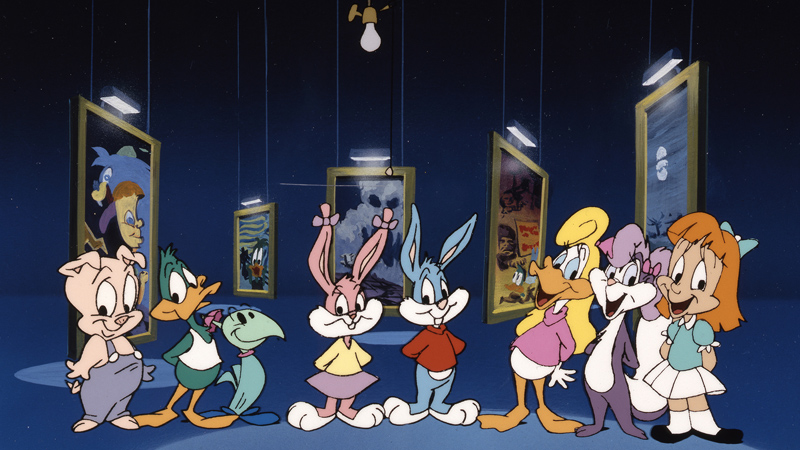
Welcome to Acme Acres, a quaint town that is home to many Looney Tunes characters. Acme Acres is most notable for Acme Looniversity, where professors like Daffy Duck and Bugs Bunny reveal the secrets of comedy to younger generations. Can experienced professors tame sedge students or will they also become victims of misbehavior?
The Real Adventures Of Jonny Quest (1996)
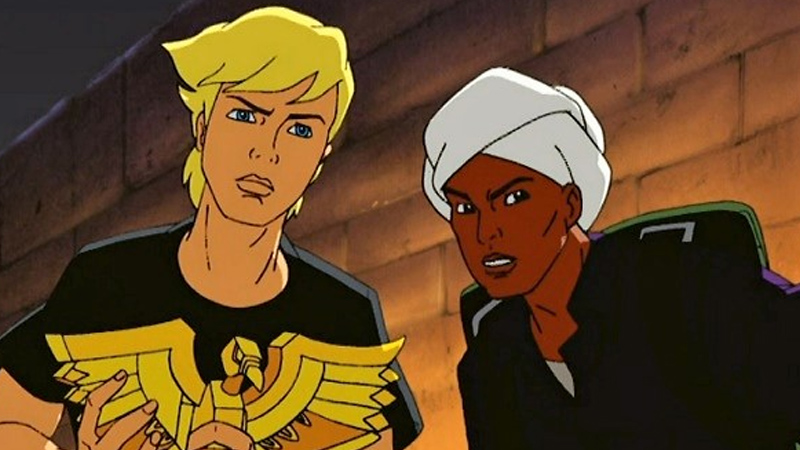
It features teenage adventurers Jonny Quest, Hadji Singh, and Jessie Bannon as they accompanied Dr. Benton Quest and bodyguard Race Bannon to investigate strange phenomena, legends, and mysteries in exotic locales. The action also takes place in the virtual realm of QuestWorld, a three-dimensional cyberspace domain rendered with computer animation.
The Mask: Animated Series (1995-1997)
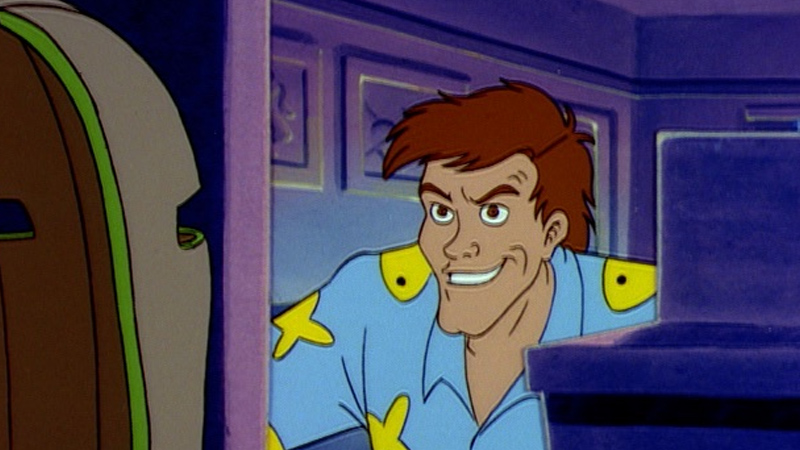
Taking place after the events of the film in a different continuity, mild-mannered, good-hearted bank employee Stanley Ipkiss keeps the powerful and chaotic Mask of Loki to become his wacky trickster alter-ego, The Mask, to use it for good.
Accompanied by his loyal pet and best friend, Milo the Jack Russell Terrier, Stanley Ipkiss/The Mask fights off the criminals and super-villains who threaten his hometown of Edge City while struggling with his persona’s unpredictable and out-of-control nature when causing mischief with his cranky landlady, an idiotic police force, nosy news reporters, and trying to find a girlfriend for himself and a better position in his job.
Bobby’s World (1990–1998)
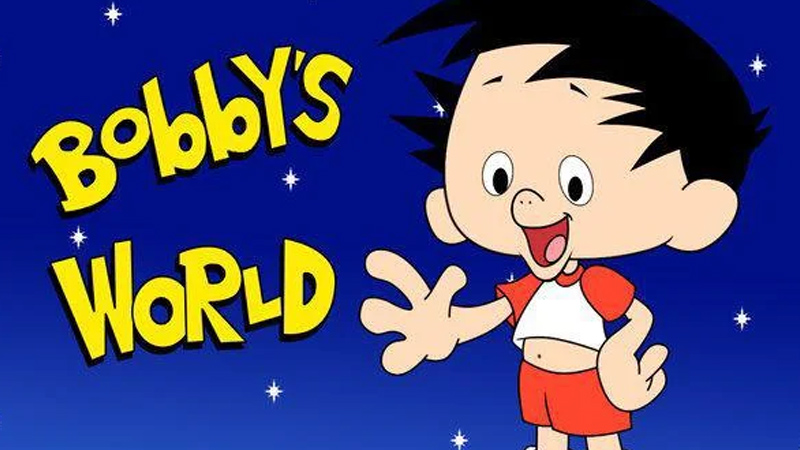
Bobby Generic lives in a typical suburban neighborhood and uses his overactive imagination to discover a world of daring adventure, incredible wonder and lots of laughs — all in pint-sized perspective.
Sonic the Hedgehog (1993–1994)
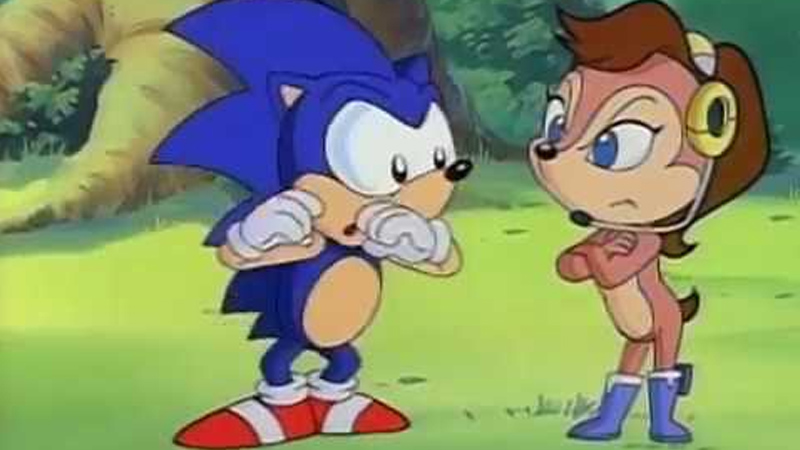
In a post-apocalyptic and dystopian future, all life has been challenged by oppression and tyranny, as the evil Dr. Robotnik is on the wake of controlling Mobius.
TaleSpin (1990–1991)
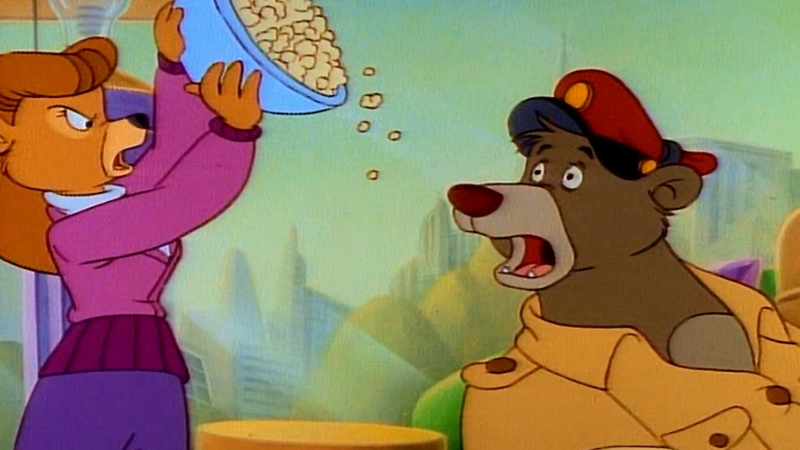
TaleSpin is an American animated television series first aired in 1990 as a preview on Disney Channel and later that year as part of The Disney Afternoon. It features characters adapted from Disney’s 1967 animated feature The Jungle Book (namely, some of the film’s animals being given an anthropomorphic makeover while the humans are removed), which was theatrically rereleased in the summer before this show premiered in the fall.
Namely Baloo the Bear, Louie the orangutan, and Shere Khan the tiger, along with new characters created for the show. The name of the show is a play on “tailspin”, the rapid descent of an aircraft in a steep spiral. The two words in the show’s name, tale and spin, are a way to describe telling a story.
Darkwing Duck (1991–1992)
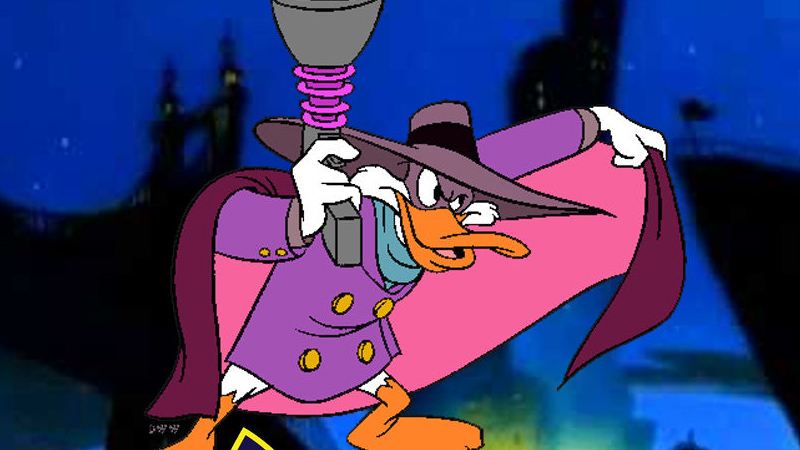
Darkwing Duck tells the adventures of the titular superhero, aided by his sidekick and pilot Launchpad McQuack (from DuckTales). In his secret identity of Drake Mallard (a parody of Kent Allard, the alter ego of the Shadow), he lives in an unassuming suburban house with his adopted daughter Gosalyn, next door to the bafflingly dim-witted Muddlefoot family.
Darkwing struggles to balance his egotistical craving for fame and attention against his desire to be a good father to Gosalyn and help do good in St. Canard. Most episodes put these two aspects of Darkwing’s character in direct conflict, though Darkwing’s better nature usually prevails.
Taz-Mania (1991–1995)
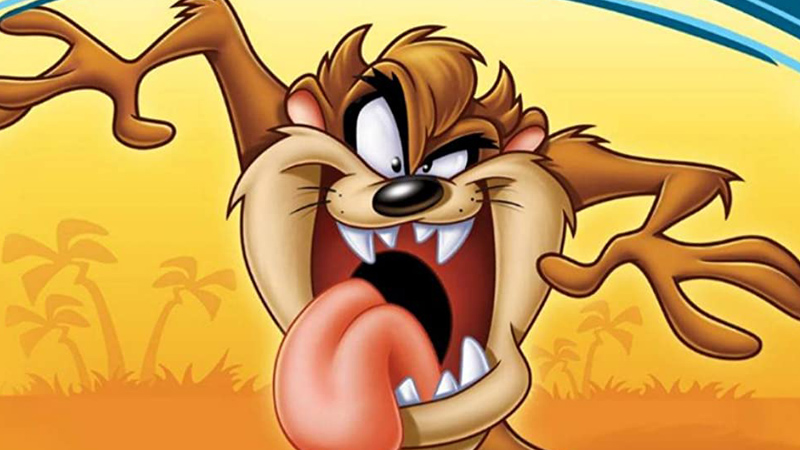
Join Taz, a wild Tasmanian devil, and his family and friends who live on the island of Tasmania – a place where every day is a new adventure.
Batman: The Animated Series (1992–1995)
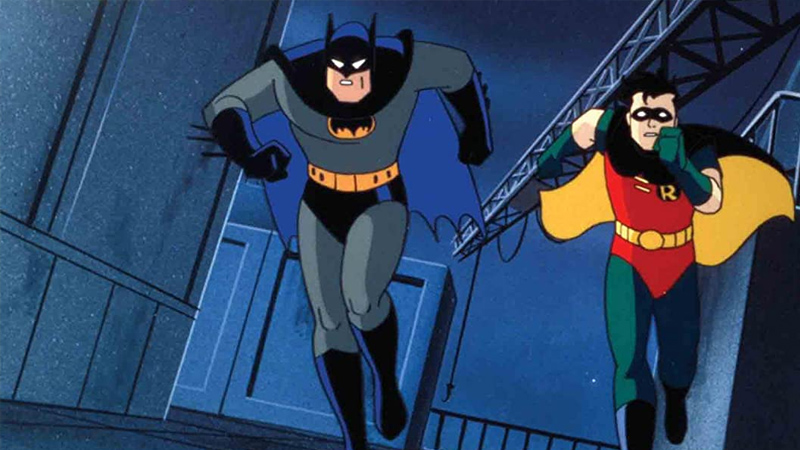
“Batman The Animated Series” is an American animated series broadcast in the period between 1992-1998, based on the characters of the comic company DC. The series is considered the most faithful representation of Batman and his world, as well as the best cartoon series that was based on the comics.
Hey Arnold! (1996–2004)
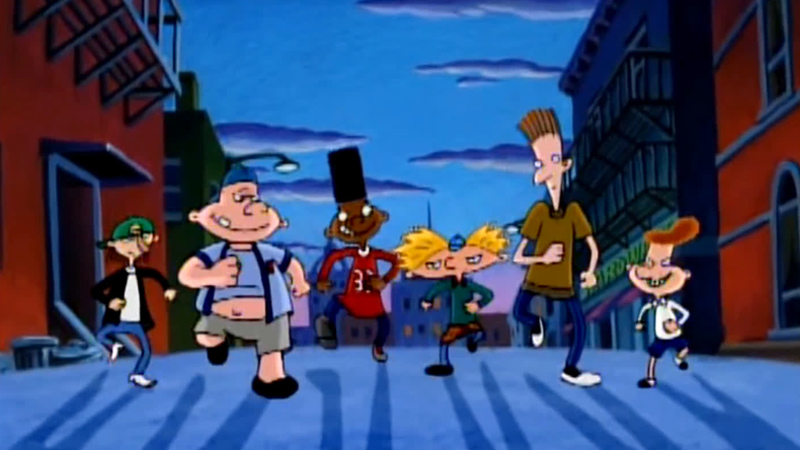
The show centers on a fourth grader named Arnold, who lives with his grandparents in an inner-city tenement in Hillwood, Washington. Episodes center on his experiences navigating urban life while dealing with the problems he and his friends encounter. Many episodes however, focus on other characters, including major, secondary, supporting, and even minor characters.
X-Men: The Animated Series (1992–1997)
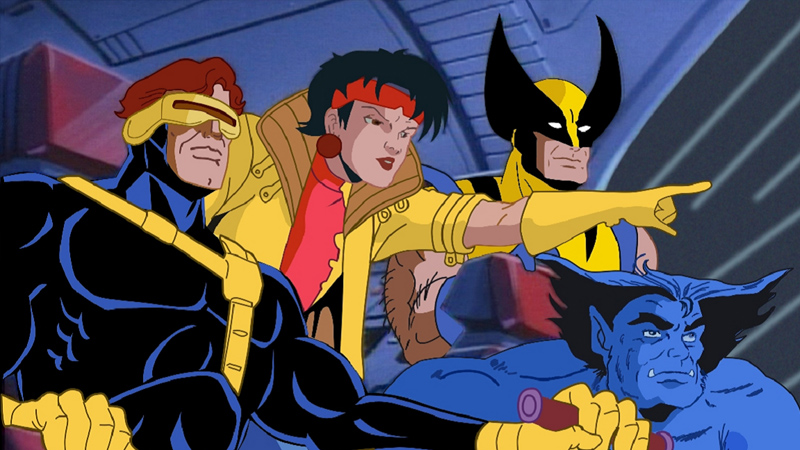
A team of mutant superheroes fight for justice and human acceptance in the Marvel Comics universe.
Æon Flux (TV Series 1991–1995)
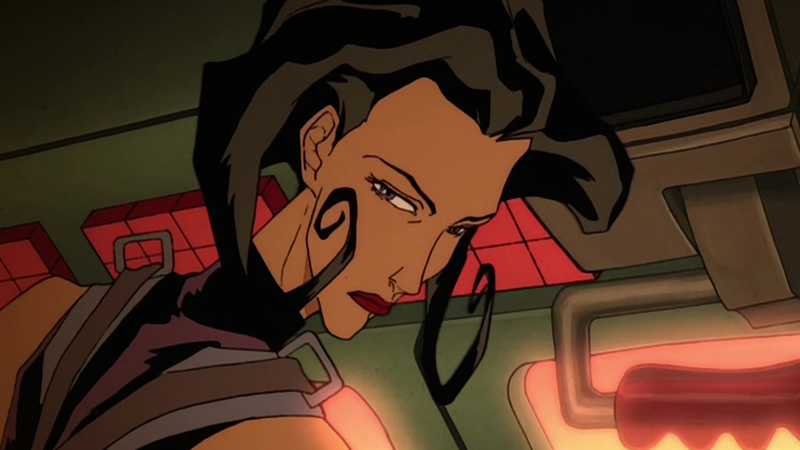
Æon Flux is a mysterious and amoral secret agent from the country of Monica. Her motives or background are left unexplained, as are those of her antagonist/love, Trevor Goodchild. On her missions, she deals swift, bloody “justice” to all that oppose her. The second season episodes of this series were unique in that Aeon died at the end of every single episode.
Toy Story (1995)
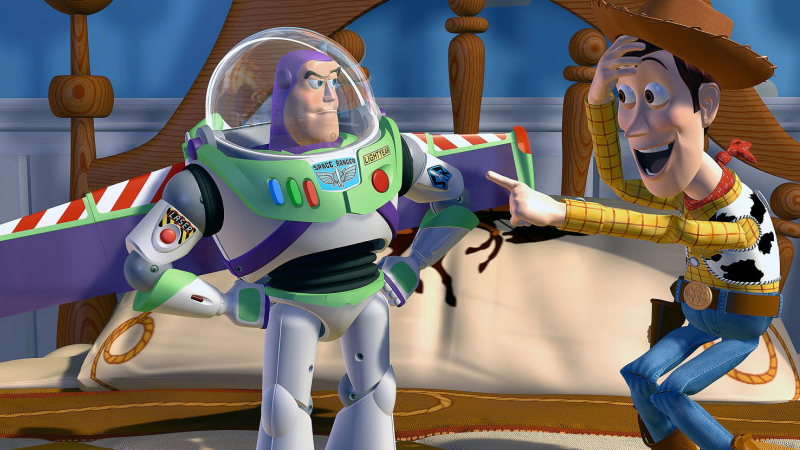
Boy Andi loves to stay in his room and play with toys, especially Woody. But Andi is unaware that Woody and the other toys come to life as soon as he is not with them. Woody believes that his life is very good, but when Andi’s mother gives her son a new toy, Buzz Lightyear, for his birthday, Woody becomes terribly jealous and tries in every possible way to get rid of Buzz.
Little Bear (1995–2003)
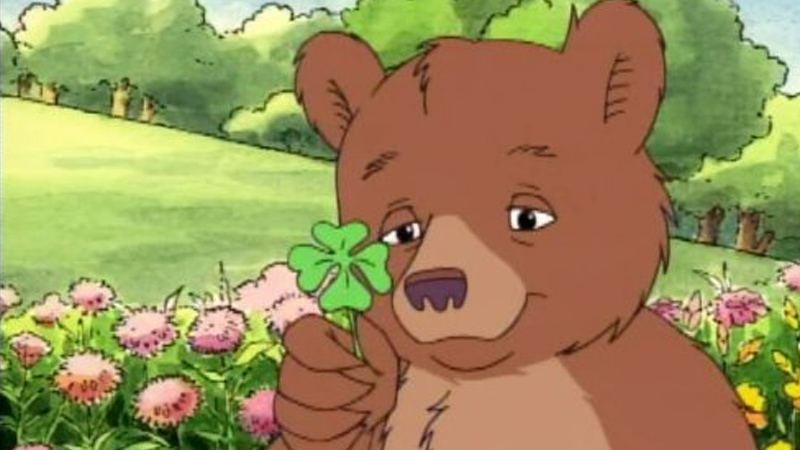
Set in the North American wilderness around the end of the 19th century, Little Bear goes on exciting adventures and learns new things with his friends Emily, Duck, Hen, Cat, and Owl. Mother Bear is a homemaker who looks after Little Bear, while Father Bear, a fisherman, is typically away on his ship, fishing.
Swat Kats: The Radical Squadron (1993–1995)
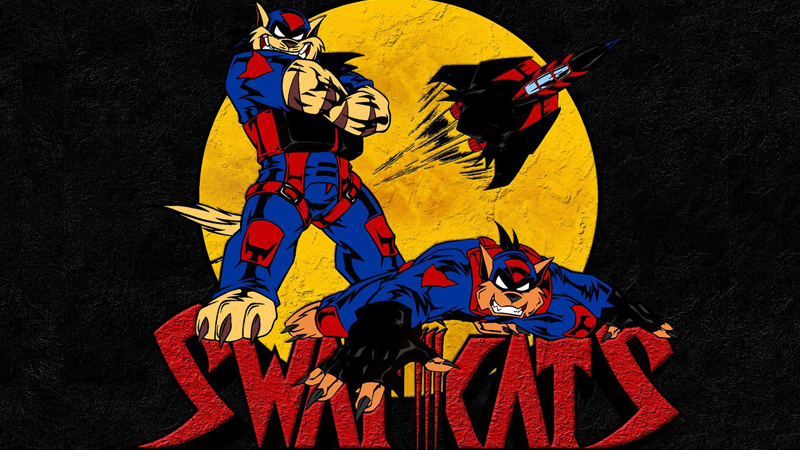
The series takes place in the fictional metropolis of Megakat City, which is populated by anthropomorphic felines, known as “kats”. The SWAT Kats of the title are two vigilante pilots who possess a state-of-the-art fighter jet with an array of weaponry. Throughout the series, they face various villains as well as competition from Megakat City’s militarized police force called the Enforcers.
Arthur (1996–2022)
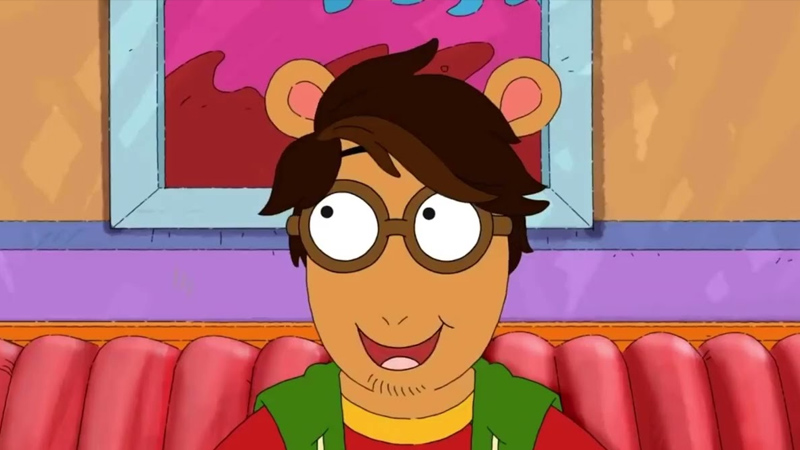
Arthur Read, the series’ titular character, is an anthropomorphic brown aardvark who lives in the fictional town of Elwood City. He is a third-grade student at Lakewood Elementary School. Arthur’s family includes two home-working parents, his father David (a chef) and his mother Jane (an accountant), his two younger sisters, Dora Winifred (D.W.), who is in preschool, and Kate, who is still an infant, and his dog Pal. Arthur also has several friends who come from diverse ethnic and socioeconomic backgrounds, and he also occasionally meets with members of his extended family.
Elwood City is portrayed as a largely suburban area which bears a strong resemblance to the Boston area; the TV series is partially produced by WGBH. There are also firm references to Brown’s hometown of Erie, Pennsylvania. Most notably, the local shopping mall in the TV show is called “Mill Creek Mall”, a reference to Millcreek Mall. Brown himself stated that the series is influenced by his upbringing as a child in Erie, and specifically noted that Mr. Ratburn is based on a middle-school algebra teacher he had at Westlake Middle School.
Animaniacs (1993–1998)
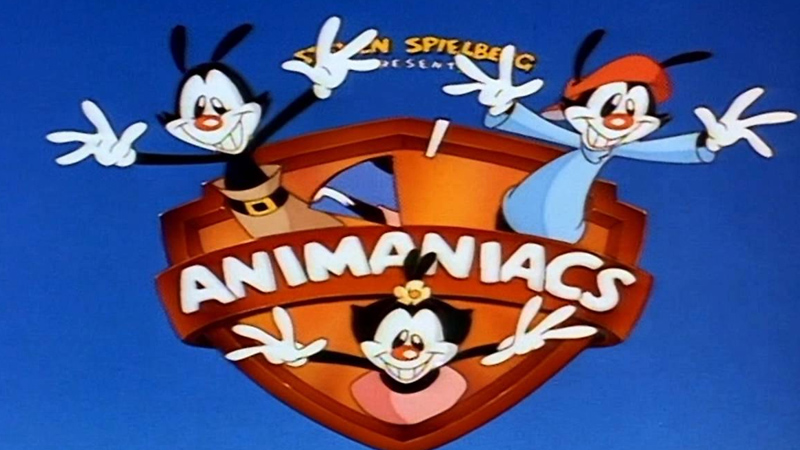
A unique array of crazy characters came to life under the pen of the best animators assembled by Steven Spielberg, the executive producer of this series. The plot revolves around the Warner brothers and their sister. Yakko, Wakko and Dot have been imprisoned in the Warner Bros. water tower for a long time, but they found a way to escape and are now causing a frenzy wherever they appear.
Aladdin (1994)
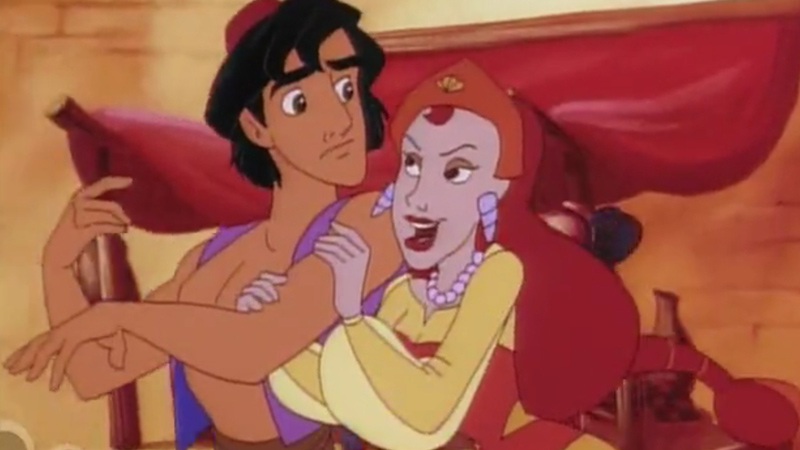
Aladdin lives in a palace together with Princess Jasmin. In numerous adventures, Aladdin and the princess will meet thieves, evil wizards, monsters, and they will find a way out of many difficult situations with the help of Aladdin’s assistant, the faithful monkey Abu, the magic carpet, the genie from the lamp and Jafar’s chattering parrot.
Aladdin 2: The Return of Jafar (1994)
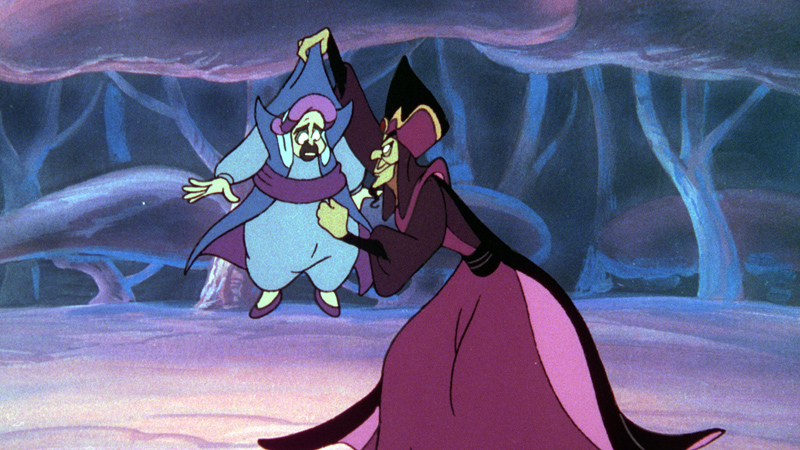
A group of incompetent bandits led by Abis Mal gets hold of a great treasure, but before they can enjoy the stolen loot, they are met by Aladdin and Abu, who take the gold from them and take it to Agrabah, where they distribute it to the poor. Meanwhile, in the desert, the parrot Jago rebels against Jafar, who now lives as a ghost in a magic lamp, and goes to Agrabah to find Aladdin to make amends. But Jafar’s lamp is found by Abis Mal who will help Jafar get revenge on Aladdin.
Aladdin and the King of Thieves (1996)
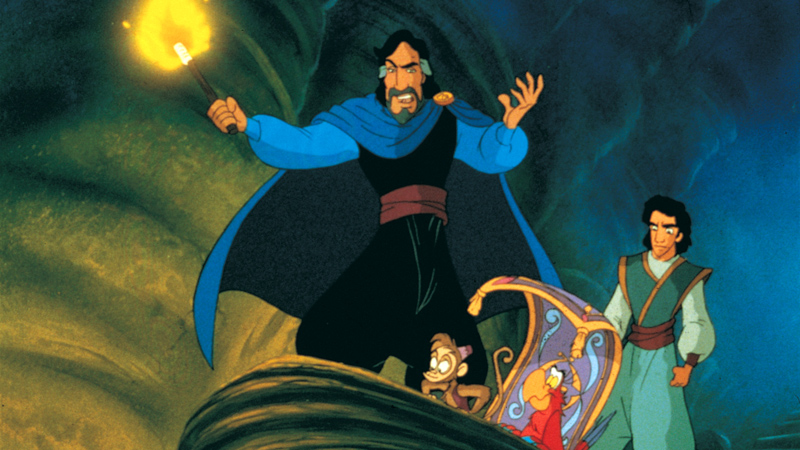
Aladdin and Jasmina are finally preparing for their wedding. Despite the support of friends and relatives, Aladdin feels a little insecure, especially because he fears that he will not know how to be a good father since he grew up without him. But all worries disappear when 40 bandits disrupt the wedding plans by trying to steal a valuable, ancient talisman.
Timon & Pumbaa (1995)
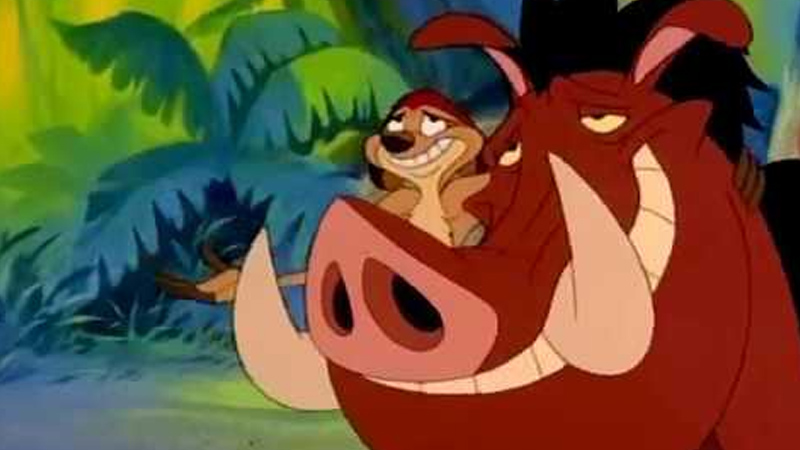
Timon and Pumbaa are two heroes who in Simba’s adventure, i.e. “The Lion King”, only seemingly fell into the background. That feature-length cartoon gave birth to new stars of Disney’s big family – a meerkat and a warthog, or Timon and Pumbaa!
Pingu (1990-2000)
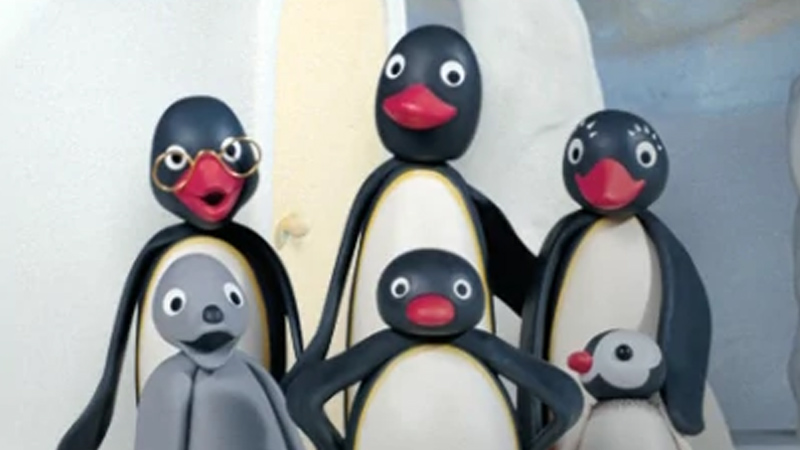
Pingu and his family live in Antarctica, and live and work in igloos. Pingu often goes on vacations with his sister Pinga and his best friend the seal Robbya. In each adventure, they get into various troubles, but each time they return to their safe and warm home.
A Bug’s Life (1998)
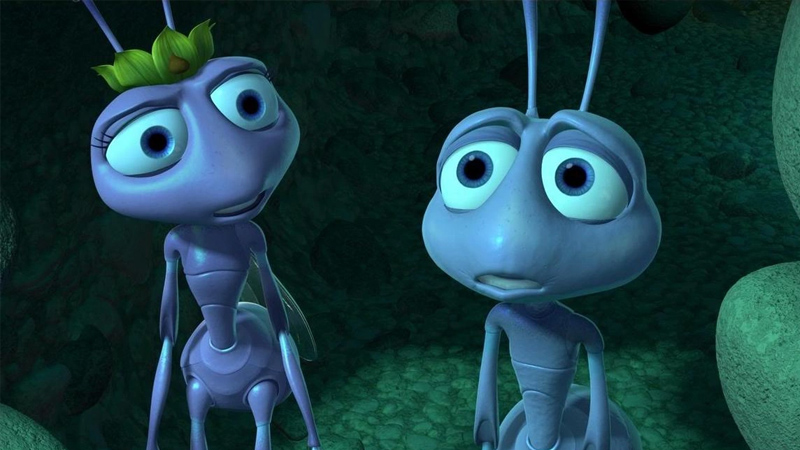
The film involves a misfit ant, Flik, who is looking for “tough warriors” to save his colony from a protection racket run by Hopper’s gang of grasshoppers. Unfortunately, the “warriors” he brings back turn out to be an inept troupe of Circus Bugs.
Visually gorgeous, full of brilliant details and beautiful colors, the film describes a world the size of a dewdrop through a warm and humorous story about saving an ant colony. Witty dialogues and elaborate characters will attract not only the youngest but also the older ones and take them to the world of happy bugs.
Beavis and Butt-Head (1993–2022)
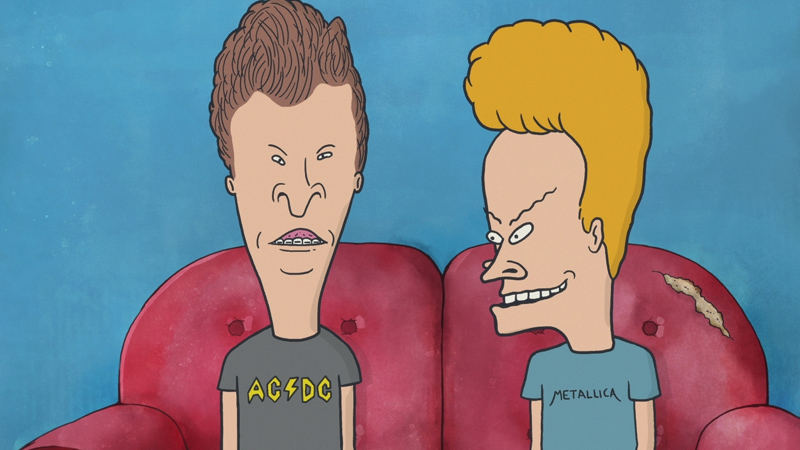
The creator of the silly duo Beavis and Butt-Head, Mike Judge, decided to bring the popular duo back to life so that they could make fun of something more than music videos. Now there are reality programs and the endless Internet, which become an inexhaustible source for commenting.
Rugrats (1991–2006)
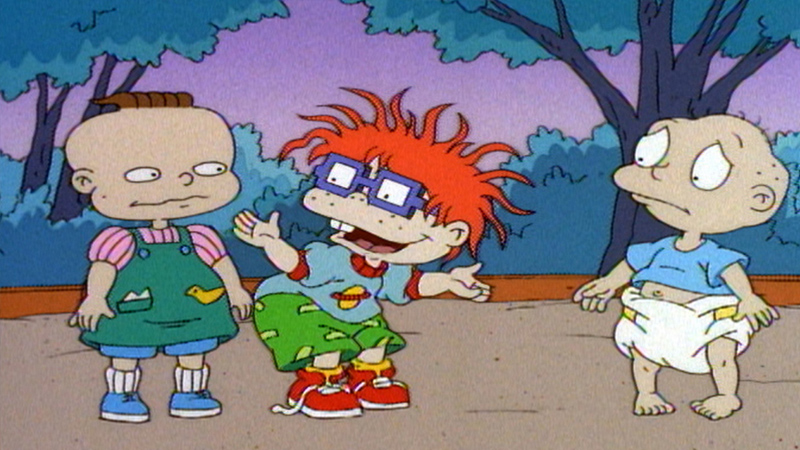
Many of the adventures the babies find themselves in take place at Tommy’s house; the parents usually rely on Didi, Stu, or Grandpa Lou to babysit the kids while they run errands. Their address is revealed on an invoice in “Tommy’s First Birthday” (season one, 1991) as 1258 N. Highland, the original address of Klasky Csupo in Los Angeles.
However, an unnamed specific city or state is never mentioned in the show. Several indicators, such as a state flag at a post office, license plate designs on the vehicles, and various trips to the Grand Canyon, Las Vegas, and the beach, place the characters somewhere in southern California. The location is also hinted at during “Little Dude” (season one, 1991) when Didi, who is a teacher, takes Tommy to her class at Eucaipah High School, referencing the city of Yucaipa, California.
It has been implied that this ambiguity was done intentionally to help give the impression of seeing the world through the eyes of the babies, who would not understand the concept of location. The DeVilles live next door to the Pickles and, early in the series, the Carmichaels move in across the street.
Beauty and the Beast (1991)
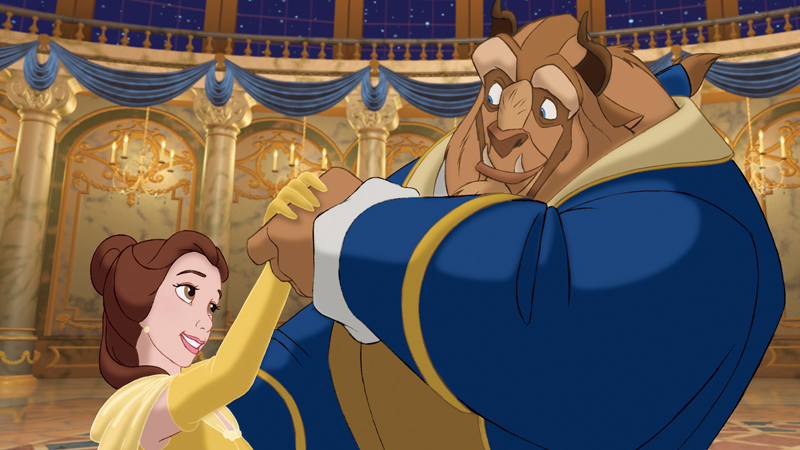
Belle is a young girl who, by a combination of circumstances, finds herself in the castle of a prince turned into a beast. With the help of the castle’s staff transformed into household items and furniture, Belle learns the most important lesson of all: true beauty comes from within.
2 Stupid Dogs (1993–1995)
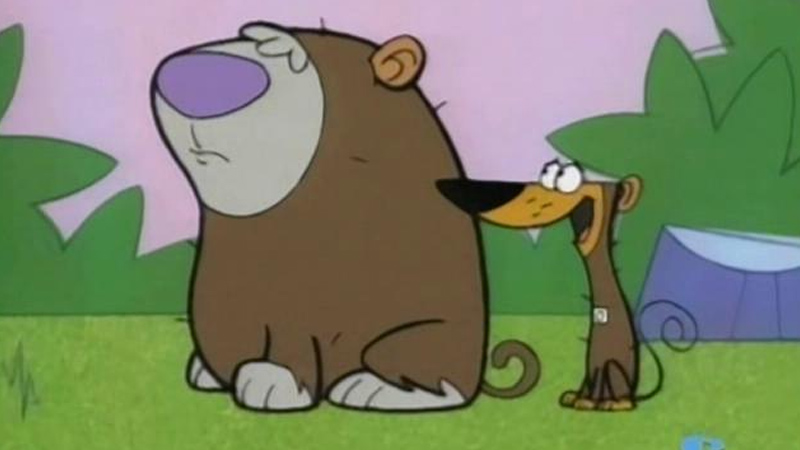
The show is about two unnamed dogs—neither of whom, as the title states, is very intelligent—and their everyday misadventures. The Big Dog tends to talk much less than the Little Dog. When the Big Dog talks, he usually talks about food.
The animation style in the first season is unusual for the time: a very flat and simplistic style similar to the early Hanna-Barbera cartoons of the 1950s and 1960s, but with early 1990s humor and sensibility. The wilder, more absurd second season has more fluid and exaggerated character animation.
Dragon Tales (1999–2005)
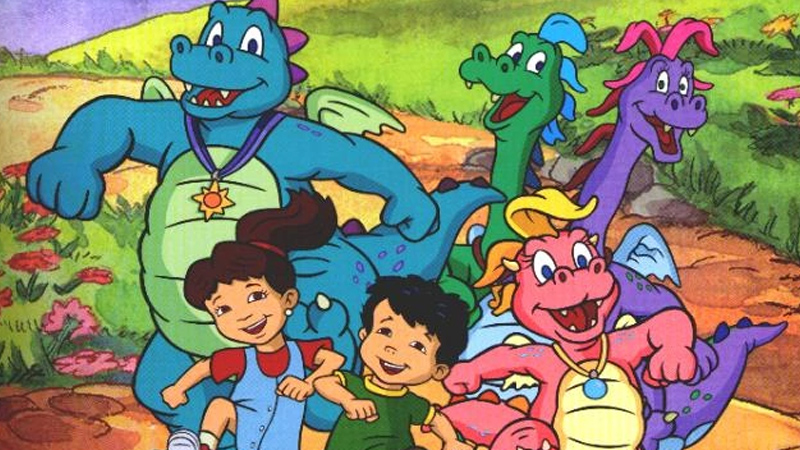
Dragon Tales is an American-Canadian animated pre-school children’s television series created by Jim Coane and Ron Rodecker and developed by Coane, Wesley Eure, Jeffrey Scott, Cliff Ruby and Elana Lesser.
The story focuses on the adventures of two siblings, Max and Emmy and their dragon friends Cassie, Ord, Zak, Wheezie, and Quetzal. The series began broadcasting on the Public Broadcasting Service on their PBS Kids block on September 6, 1999, with its final episode aired on November 25, 2005. Re-runs ceased in 2010.
Bonkers (1993–1994)
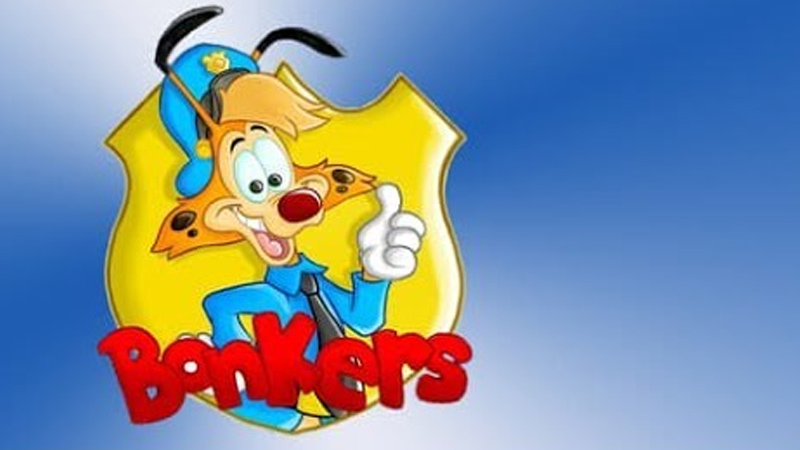
The premise of the series was that Bonkers D. Bobcat, an anthropomorphic bobcat who was a popular cartoon star, had washed out of show business and became a cop. He was made the junior partner of Detective Lucky Piquel, a grim and ill-tempered human who hates toons.
Throughout the series, the pair work together to solve crimes in the Hollywood, Los Angeles, California, region. Bonkers repeatedly tried to win Piquel’s praise, but usually just ended up ruining missions with his antics. But often those goofy antics would prove to save the day.
After multiple episodes of working with Bonkers, Piquel was given an FBI job in Washington, D.C., and with great glee was finally able to leave Bonkers, but finally realized that after all the time spent hating working with Bonkers he had grown to love him.
He took along the police radio, the light, Toots and Fall-Apart Rabbit. At the end of the “Lucky” episodes, Bonkers was given a new partner, the attractive cool-headed Officer Miranda Wright. Although also human, she was far more patient and tolerant of his antics than was Piquel. With Miranda, Bonkers was more the brunt of the slapstick.
Spawn (1997–1999)
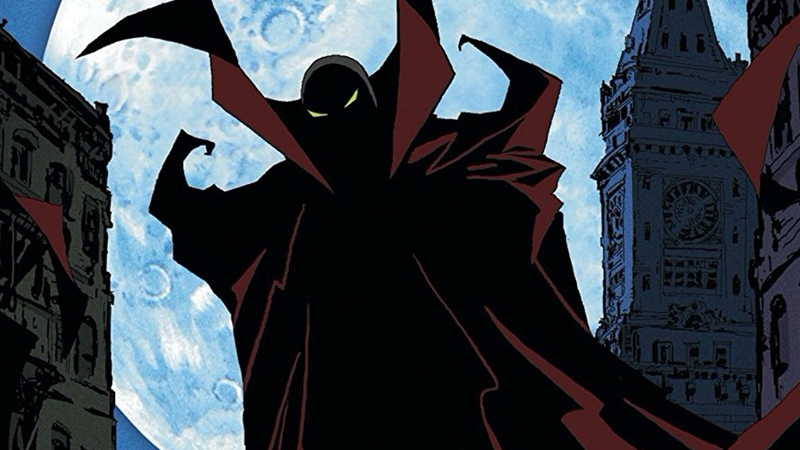
After being betrayed and murdered by his employer, a government-trained assassin is resurrected as a Hellspawn, then being forced to act as the reluctant leader of Hell’s army.
Rocko’s Modern Life (1993–1996)
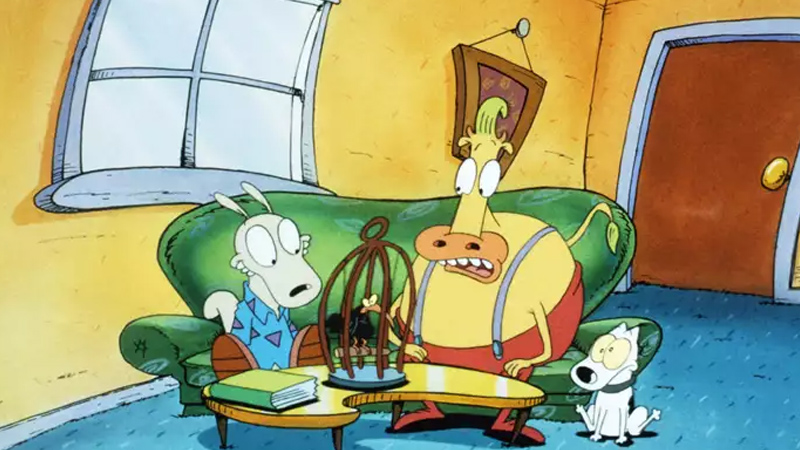
The series centers on the surreal life of an anthropomorphic Australian immigrant wallaby named Rocko and his friends: the eccentric steer Heffer Wolfe, the neurotic turtle Filburt, and Rocko’s faithful dog Spunky. It is set in the fictional town of O-Town.
The Critic (1994–2001)
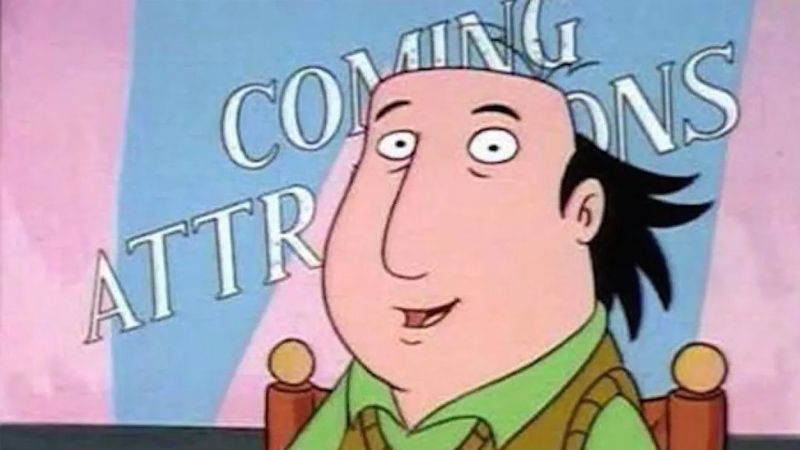
The show follows the life of a 36-year-old film critic from New York named Jay Prescott Sherman. His televised review show is called Coming Attractions, which airs on the Philips Broadcasting cable network. He is widely considered to be “cold, mean-spirited, and elitist”. His signature line, upon seeing a terrible movie, is “It stinks!” Each episode is full of film references and parodies.
Some of the secondary characters that are a part of Jay’s story include his nutty adoptive father, his well-meaning son Marty, the Australian movie star Jeremy Hawke, Margo—the 17-year-old biological child of his adoptive parents, his snide make-up lady Doris, and his boss Duke Phillips. In the second season, Jay acquired a love interest: a Southern woman named Alice Tompkins, who later became his long-term girlfriend.
Gargoyles (1994–1996)
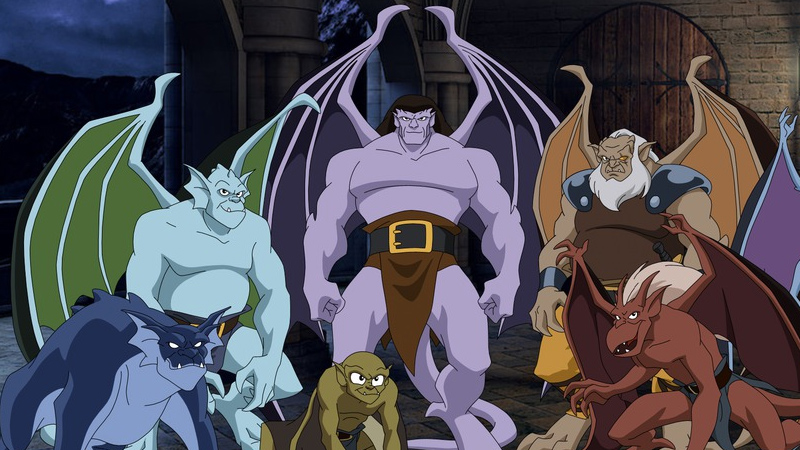
The American B-17 bomber, known as the “Flying Fortress”, is attacking occupied Germany, when it is attacked by a horde of mystical gargoyles! The pilots begin to panic as the gargoyles display their apparent strength when one lands on the bomber’s wing and tears it off with ease causing the fuel tank to explode. Shortly after, the bomber crew teams up with the British 6th Airborne and the German Resistance to find the “Spear of Destiny” to impale the gargoyle leader.
Space Ghost Coast to Coast (1993–2012)
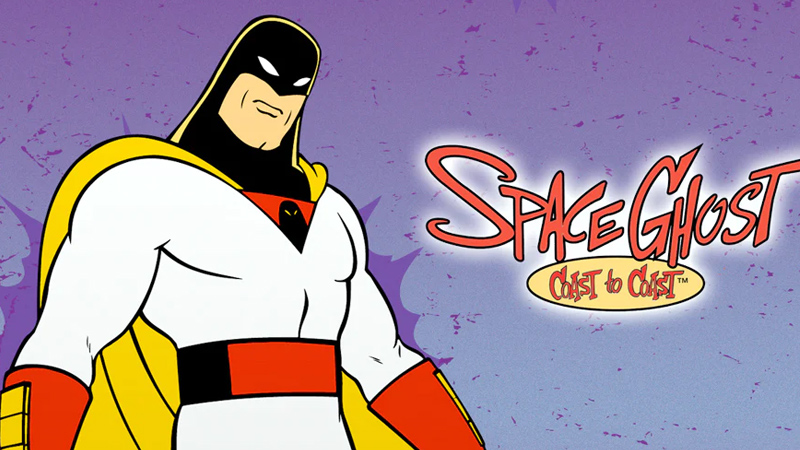
Space Ghost Coast to Coast is an American adult animated comedy talk show created by Mike Lazzo for Cartoon Network and hosted by a re-imagined version of the 1960s Hanna-Barbera cartoon character Space Ghost.
In contrast to the original 1960s series, Space Ghost, which aired as a standard Hanna-Barbera Saturday-morning superhero cartoon, Space Ghost Coast to Coast is a reboot of the series intended for teens and adults, reinterpreted as a surreal spoof talk show and animated using the original series’ artwork. For its first three seasons, the series is presented as a serious talk show with subdued jokes, but later seasons rely more on surrealism and non-sequitur humor.
Goof Troop (1992–1993)
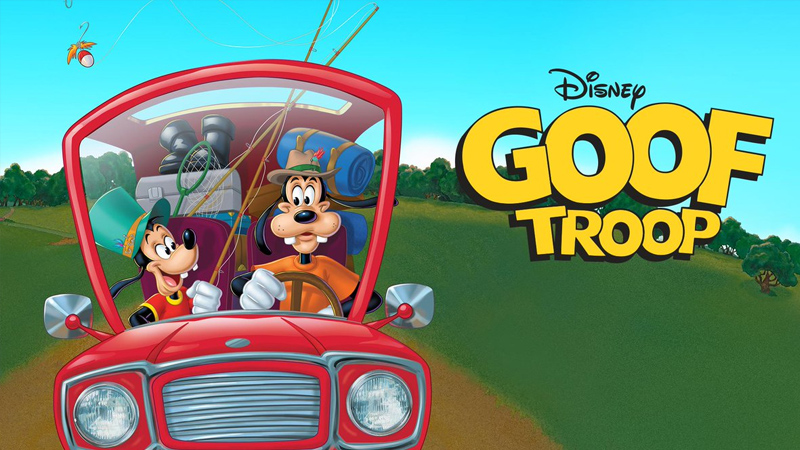
Goof Troop bears similarities to several early-1950s Goofy cartoon shorts which depicted Goofy as a father to a mischievous red-haired son. It was the creation of Michael Peraza Jr., and pitched to Disney management as a last-minute idea to fit the title.
Goofy, a single father, moves back to his hometown of Spoonerville with his son, Max. As it happens, Goofy and Max end up moving in next door to Goofy’s high school friend: Pete, a used car salesman and owner of Honest Pete’s Used Cars; Pete’s wife Peg, a real estate agent; and their two children, son P.J. (Pete Jr.) and younger daughter Pistol. Max and P.J. become best friends and do practically everything together. A large portion of the show’s humor comes from Max’s relatively normal personality sharply contrasting with his father.
Spider-Man: The Animated Series (1994–1998)
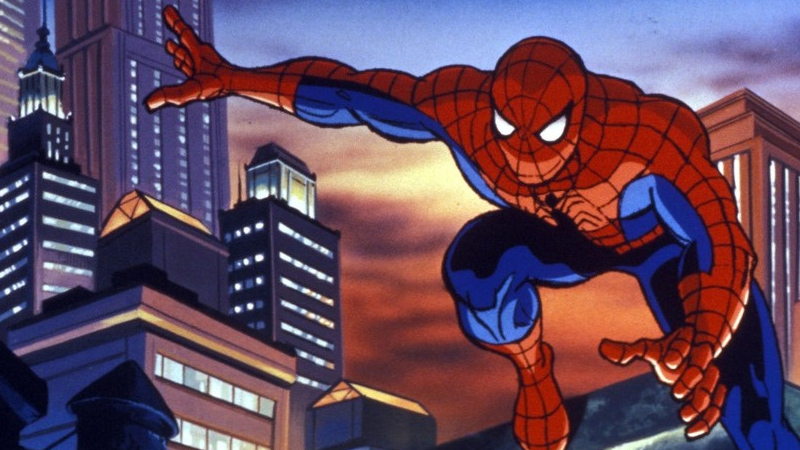
The series focuses on Spider-Man and his alter ego, Peter Parker, while studying at Empire State University. Peter has already acquired his superpowers and works occasionally as a freelance photographer for the Daily Bugle.
The series features most of Spider-Man’s classic villains, including Kingpin, Green Goblin, Lizard, Scorpion, Dr. Octopus, Mysterio, Shocker, Rhino, Vulture, Chameleon, and Venom. In the series, Peter competes for romantic love with Mary Jane Watson, Felicia Hardy and her alter ego, Black Cat.
Freakazoid! (1995–1997)
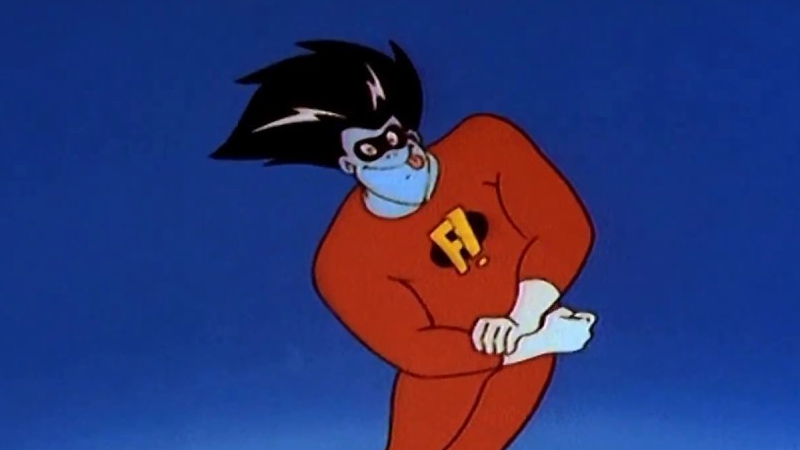
The series chronicles the adventures of the title character, Freakazoid, a crazy teenage superhero who battles with a bizarre array of supervillains. The show also features mini-episodes of the adventures of other bizarre superheroes.
ReBoot (1994–2001)
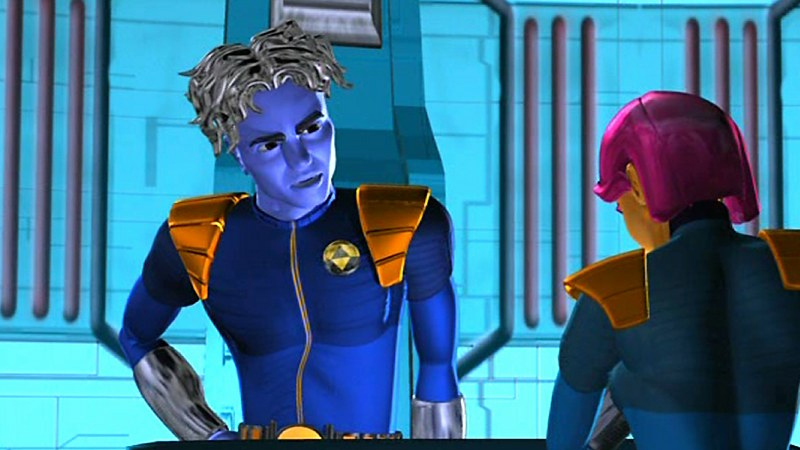
The series follows the adventures of a Guardian named Bob and his companions Enzo and Dot Matrix as they work to keep the computer system of Mainframe safe from the viruses known as Megabyte and Hexadecimal. The setting is in the inner world of a computer system known by its inhabitants as Mainframe. It was deliberately chosen due to technological constraints at the time, as the fictional computer world allowed for blocky-looking models and mechanical animation.
A recurring plot thread is when the User loads a game, an electrical violet cube lowers onto part of the city. Anyone trapped inside becomes NPC and has the chance to stop the User. If the User wins, the area is destroyed and the residents reduced to leech like creatures called Nulls.
The Tick (1994–1997)
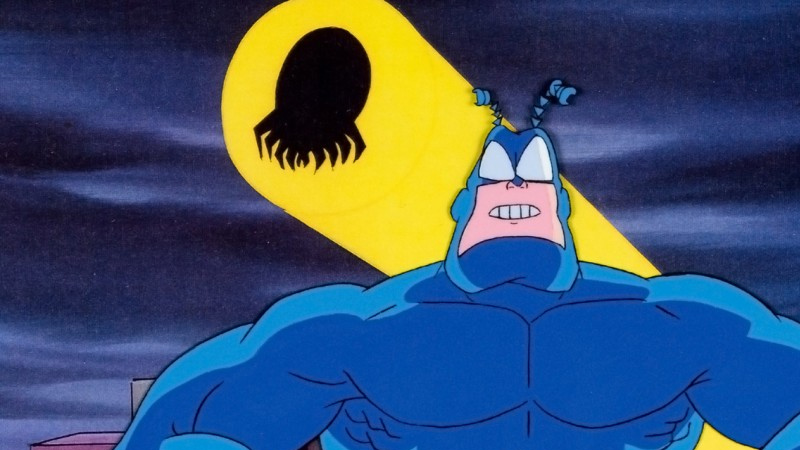
The Tick is a superhero who underwent the tryouts at the National Super Institute in Reno, Nevada where superheroes who pass will be assigned to the best cities to protect from crime. Upon passing the tryouts, he is assigned to The City where he befriends a former accountant named Arthur whom he takes on as a sidekick.
With the aid of Die Fledermaus, American Maid, Sewer Urchin, and other superheroes, the Tick and Arthur protect The City from bad guys like Chairface Chippendale, Breadmaster, El Seed, the Terror, and others who would harm it.
Captain Planet And The Planeteers (1990-1996)
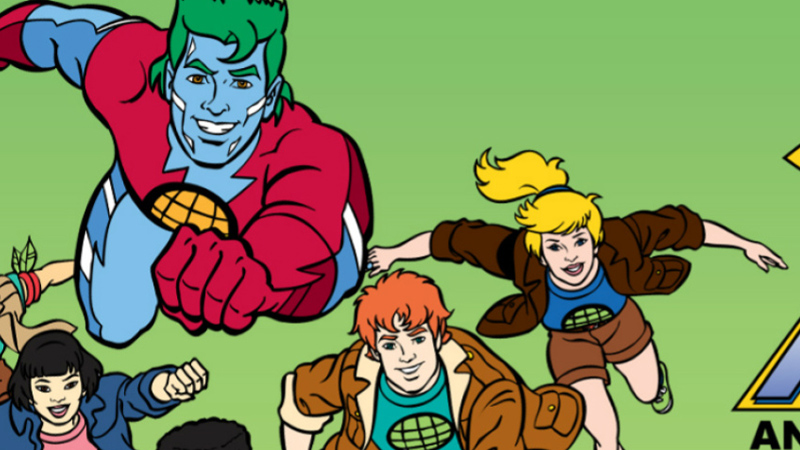
Our world is in peril. Gaia, the spirit of the Earth, can no longer stand the terrible destruction plaguing our planet. She sends five magic rings to five special young people: Kwame, from Africa, with the power of Earth… From North America, Wheeler, with the power of Fire… From Eastern Europe, Linka, with the power of Wind. From Asia, Gi, with the power of Water… and from South America, Ma-Ti, with the power of Heart. When the five powers combine, they summon Earth’s greatest champion, Captain Planet. The power is yours!
Mulan (1998)
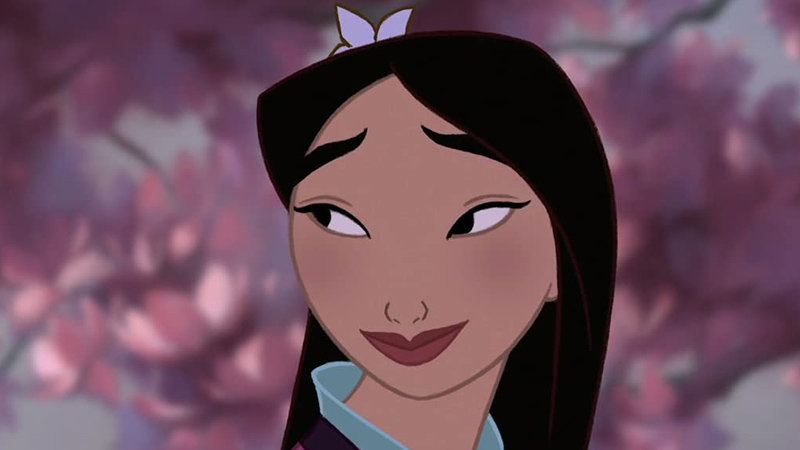
Inspired by a folk tale, this animated Disney film follows the adventures of a girl from ancient China. In order to save her lame father from death in the army, Mulan secretly takes his place and becomes one of the greatest heroines in China.
Full of daring action and funny characters, the entertaining “Mulan” celebrates honor, courage and the importance of family. Clever Mulan proves her worth outside of her traditional society when, disguised as the male soldier Ping, she bravely takes her father’s place in the imperial army.
With the help of the hilarious guardian dragon Mushu and the happy cricket Cri-Kee, Mulan strives to earn the respect of her comrades and their brave captain Shang. Mulan’s adventures lead to a climactic battle on the roof of the imperial palace where the family honor and the fate of the emperor and all of China are in her hands!
Tarzan (1999)
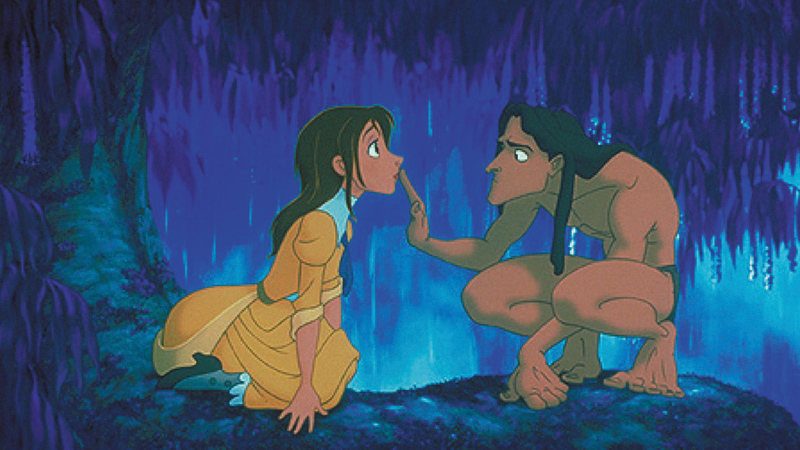
When a huge fire breaks out on a British sailing ship not far from the coast of Africa, the only ones who manage to escape from the burning ship are a young couple with a recently born son. Having reached the shore, the parents build a house for themselves and the child in the crown of a tall tree. A few months later, the boy’s cry is heard by the good-natured gorilla Kala, the female of the large Kerchak, the leader of their pack.
He found a deserted and completely destroyed house on the Kala tree, and concluded from the bloody traces that its inhabitants were victims of the Sabor tiger. The only one who survived the attack was a smiling little boy. When she brings a human cub into her pack, determined to raise him as her own son, Kala is disappointed to realize that the pack leader Kerchak strongly opposes it. Kala persists in her decision and names the boy Tarzan. Growing up with the young monkey Terk and the playful elephant Tantor, Tarzan matures over the years into a brave and athletic young man who skillfully moves through the jungle and treetops like a monkey.
And then one day, young Tarzan begins to notice that he is different from his mother Kala, friend and father Kerchak, who never accepted him. Just when Kala decides to reveal to him something about his origin, Tarzan and his friends hear gunshots for the first time in their lives. People arrived in the jungle, the nice old professor Archimed Porter, his daughter Jane and the hunter Clayton. While Professor Porter is a well-intentioned scientist who, with the help of curious Jane, wants to study life in the jungle, the insidious Clayton is the leader of a group of poachers and smugglers who sell the furs and bones of killed animals.
Pinky and the Brain (1995–1998)
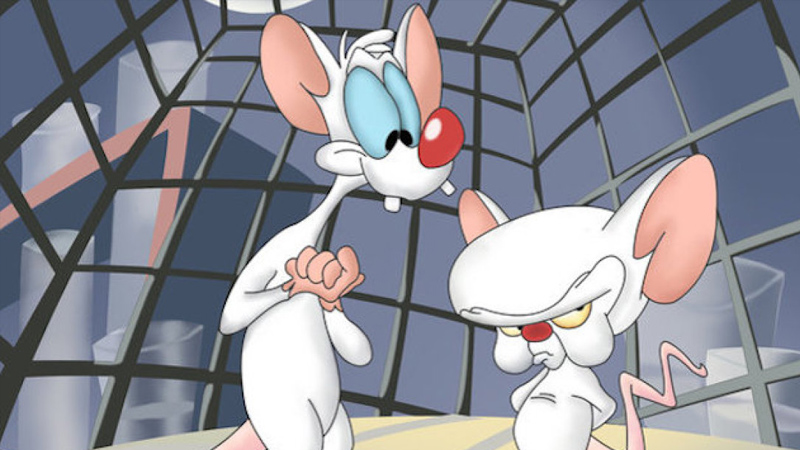
Pinky and Mozgalo are two hilarious lab mice who live in a cage at Acme Labs’ research facility. Brain is selfish and scheming, while Pinky is good-natured but not the smartest. In each episode, Mozgalo comes up with a new plan to take over the world, which ultimately ends in failure, either due to Pinky’s lack of understanding, the impossibility of carrying out Mozgalo’s plans and his arrogance, or circumstances beyond their control.
Cartoon Planet (1995–1999)
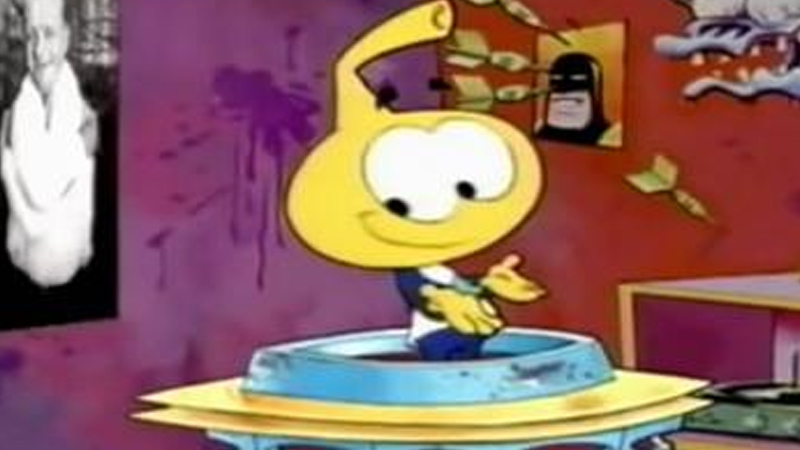
Following success as a late night talk show host, Space Ghost recruits Brak (now somewhat brain-damaged) to his cast for his very own variety show. Zorak (from Coast to Coast) serves as the third host.
Pocahontas (1995)
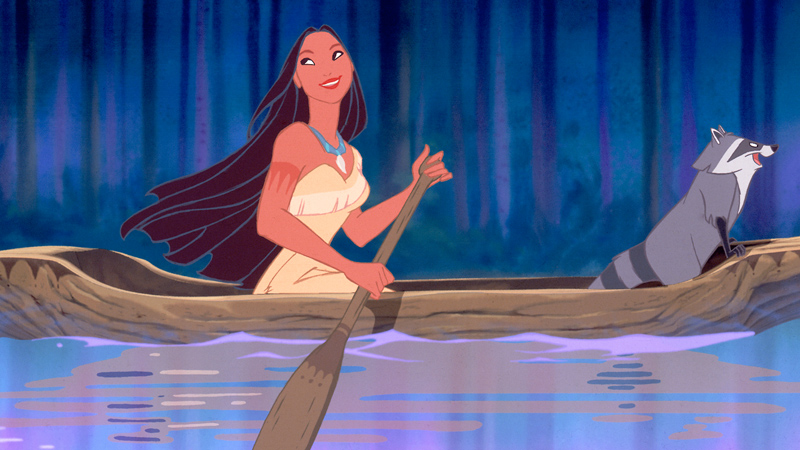
The story of Pocahontas, the young daughter of an Indian chief, who sided with John Smith to spare his life, thus unknowingly becoming a mediator between two cultures, which not everyone accepted with approval.
The Addams Family (1992–1993)
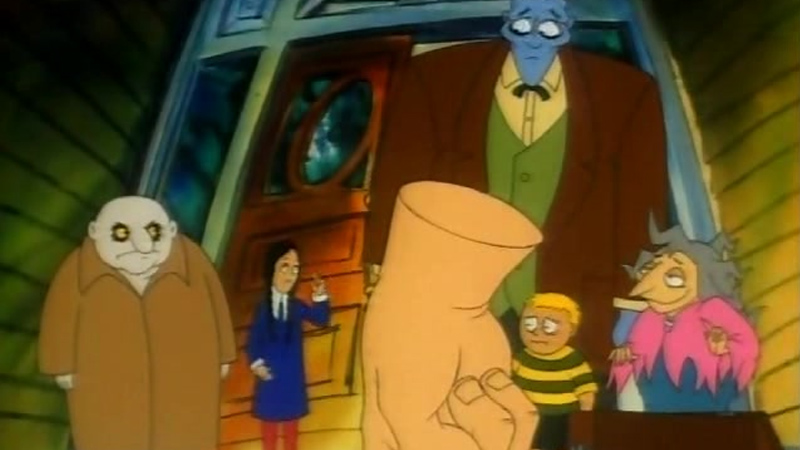
The series focuses on the Addams Family at their ancestral home in the fictional town of Happydale Heights. Much of the plot lines focus on mostly the family dealing with an issue concerning their lives, which they seek to resolve. In some stories, the Addams find themselves dealing with the Normanmeyer family who seek to exploit their situation or thwart their schemes in order to be rid of them from the town; the exception being the family’s only son, who is friends with the Addams’s children. Most episodes focus on a single story that concludes with the Addams celebrating their success with a family dance.
As with the 1973 series, the macabre nature of the Addams family was toned down in order to be acceptable for children. An example of this was Gomez’s love of cigars being not shown, along with his responses to his wife’s use of foreign languages being reduced to mere kissing frenzy. In addition, writers also ensured that the plots for episodes followed a similar nature to those written for other Saturday morning cartoons of the period.
Sailor Moon (1992–1997)
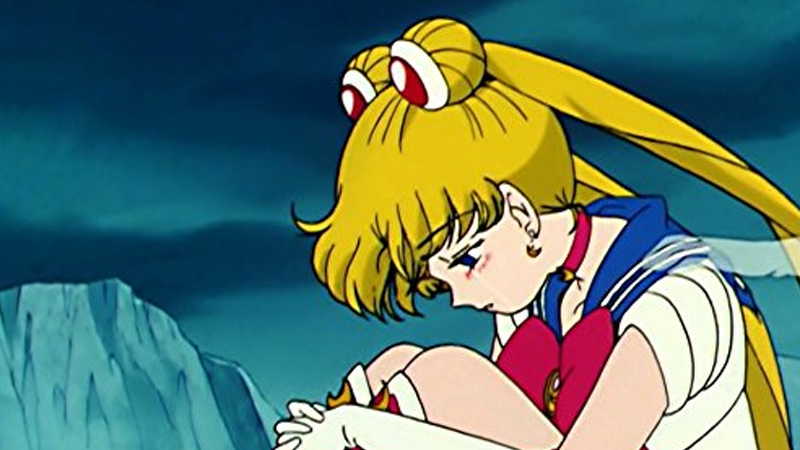
The plot is based on the battle between good and evil, where “good” is represented and protected by young girls, each of whom bears the name of a particular planet of the solar system, and other celestial bodies, such as stars and comets.
The core of Sailor Moon’s strength is her pure and sincere heart. Usagi Tsukino is a tearful fourteen-year-old who can barely keep up with her schoolwork. However, her life becomes even more complicated when a talking cat named Luna gives her a special power to transform into a beautiful warrior for love and justice. The main enemy is Queen Beryl, who plans to drain people’s life energy in order to destroy the world. Although sometimes pushy and oversensitive, Usagi is a girl who is almost incapable of hating.
Most of her opponents, therefore, underestimate her, but the main message of this story is that love is stronger than anything, so Usagi always overcomes evil with the help of her friends. A little later Usagi is joined by other female warriors – Ami Mizuno (Sailor Mercury), Rei Hino (Sailor Mars), Makoto Kino (Sailor Jupiter), Minako Aino (Sailor Venus).
Cow and Chicken (1997–1999)
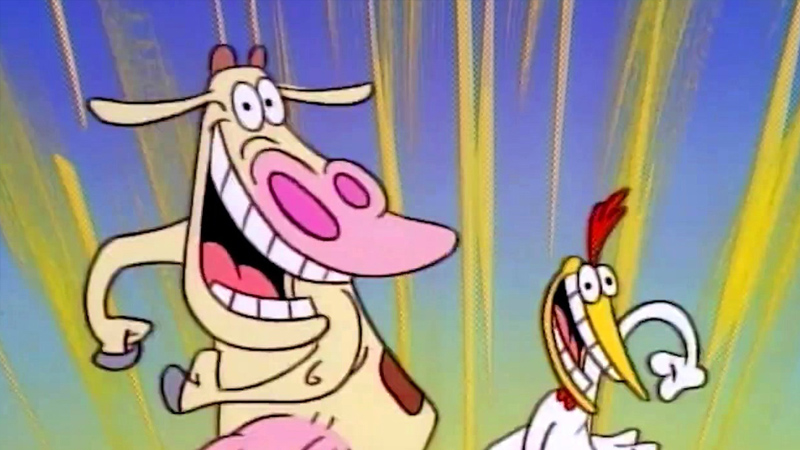
The series focuses on the misadventures of two unlikely yet somehow biological siblings: the sweet-natured, dim, ecstatic, anthropomorphic 7-year-old Holstein Friesian cow and her cynical 11-year-old older brother Chicken, which is a Leghorn chicken (both voiced by Charlie Adler). The two are often caught in escapades with their flamboyant enemy, the Red Guy (Adler), a comical version of the Devil himself who disguises himself under various personas to attempt to either scam them or take them to Hell.
Supporting characters include Chicken and Cow’s delirious human parents Dad and Mom (Dee Bradley Baker and Candi Milo, respectively), only seen from the waist down and implied to have no torsos, heads, or arms; Chicken’s best friends Flem (Howard Morris) and Earl (Dan Castellaneta); and their cousin, Boneless Chicken (Adler). Cow has her favorite dolls, Crabs the Warthog, Piles the Beaver, and Manure the Bear, who is a polar bear.
The series draws on eccentric, surreal, grotesque, and repulsive humor. For example, Cow and Chicken always order “pork butts and taters” in the cafeteria, the Red Guy always shows his butt, and characters often pepper their speech with malapropisms and sarcasm. The humor and storylines depicted are often based on traditional childhood worries, anxieties, or phobias such as cooties or venturing into the girls’ restroom, but enhanced comically.
Many of the slapstick antics involve the main characters getting physically abused.
Dexter’s Laboratory (1996–2003)
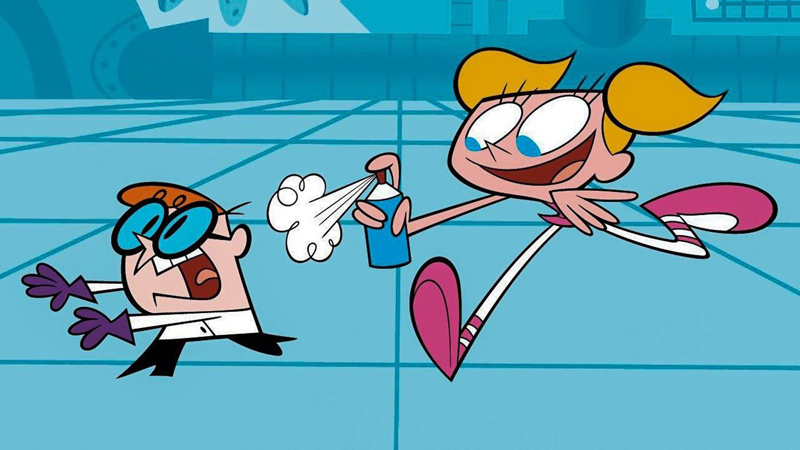
Dexter is a little genius with thick glasses, gifted at devising unusual potions, strange experiments and silly inventions, which he tirelessly creates, despite the constant distractions of his eccentric and absent-minded older sister Dee Dee, in his huge laboratory located under the bedroom.
In his beloved laboratory, Dexter cooks up adventures that defy the universally accepted physical laws of space and time. But his inexhaustible brain has yet to find a solution to the greatest puzzle of his universe – Dee Dee. Their research often takes them to other dimensions, to the farthest corners of the universe, and even to the cruelest of worlds – the school playground.
Wherever Dexter’s experiments take them, the brothers always find their way home where time machines, secret formulas, and terrifying beings from other dimensions mean absolutely nothing to their mom who expects them to brush their teeth, clean their rooms and be in bed by nine o’clock. In Dexter’s lab, goofiness has become a scientific discipline.
Superman: The Animated Series (1996–2000)
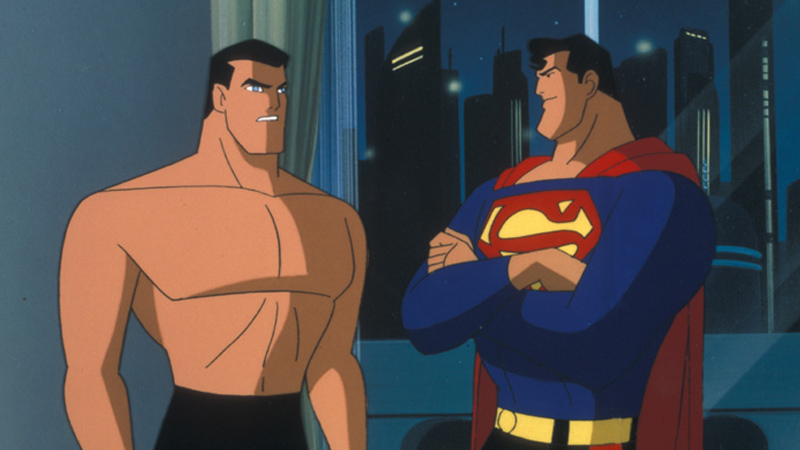
Premiering ten years after the 1986 reboot of the Superman comic-book character, the animated series paid tribute to both the classic Superman of old and the newer “modern” Superman. For instance, the depiction of Krypton reflects the older idealized version in the Silver Age of Comic Books. The scope of Superman’s powers reflects the more restrained contemporary concept as developed by John Byrne, in that the superhero has to struggle to perform spectacular feats. However, Clark Kent is shown to be open, if quiet, and self-confident, without jeopardizing his secrets. This is similar to the depiction of Batman’s alter-ego, Bruce Wayne, in Batman: The Animated Series.
Midway through the series run, it was combined with The New Batman Adventures to become The New Batman/Superman Adventures. The characters of Superman and Batman were then spun off into a new animated series, Justice League. This series also featured other popular DC Comics characters, including Wonder Woman, The Flash, Green Lantern, Martian Manhunter, and Hawkgirl. It spawned a sequel series entitled Justice League Unlimited.
Several episodes involve Superman encountering other superheroes in the DC universe. Batman appears the most often, along with several of his allies and antagonists from The New Batman Adventures, including The Joker, Robin, Alfred Pennyworth, Harley Quinn, Bane, Commissioner Gordon, and Ra’s al Ghul, among others. In addition, other episodes feature The Flash (alongside the Weather Wizard), Green Lantern (Kyle Rayner) (with Sinestro and the Green Lantern Corps), Aquaman, and Doctor Fate (along with his wife Inza and Karkull).
Neon Genesis Evangelion (1995–1996)
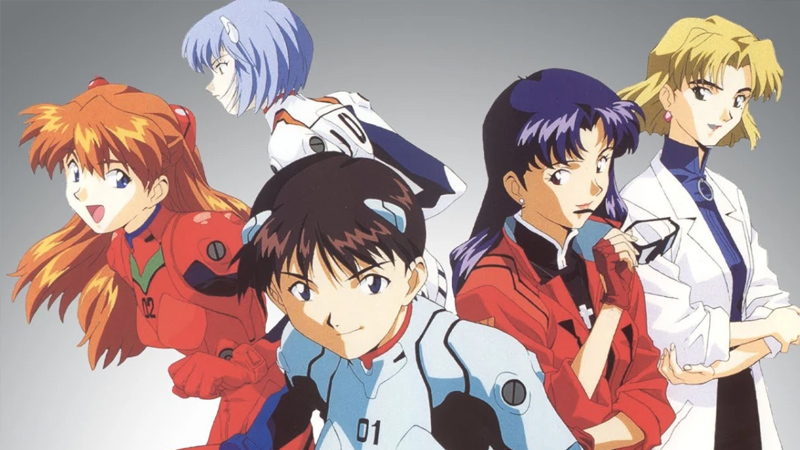
Neon Genesis Evangelion is a Japanese mecha anime television series produced by Gainax and animated by Tatsunoko, directed by Hideaki Anno and broadcast on TV Tokyo from October 1995 to March 1996. Evangelion is set fifteen years after a worldwide cataclysm, particularly in the futuristic fortified city of Tokyo-3.
The protagonist is Shinji Ikari, a teenage boy who was recruited by his father Gendo to the shadowy organization Nerv to pilot a giant bio-machine mecha named “Evangelion” into combat against beings known as “Angels”.
The series explores the experiences and emotions of Evangelion pilots and members of Nerv as they try to prevent Angels from causing more cataclysms. In the process, they are called upon to understand the ultimate causes of events and the motives for human action.
The series has been described as a deconstruction of the mecha genre and it features archetypal imagery derived from Shinto cosmology as well as Jewish and Christian mystical traditions, including Midrashic tales and Kabbalah. The psychoanalytic accounts of human behavior put forward by Freud and Jung are also prominently featured.
Hercules (1997)
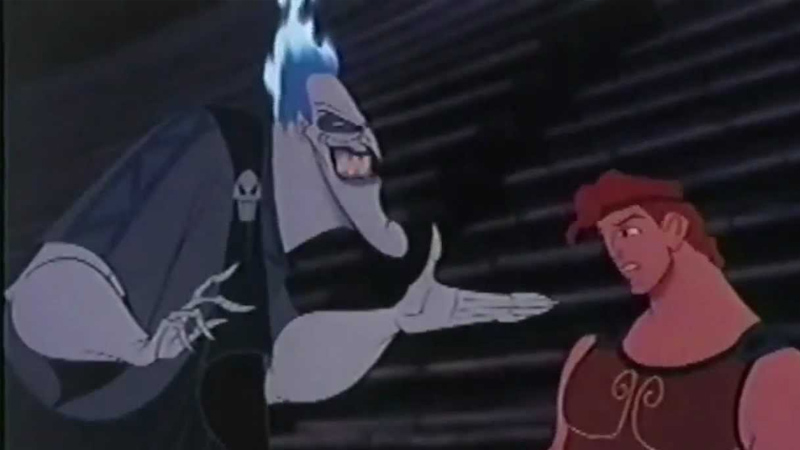
Walt Disney Pictures’ thirty-fifth full-length animated feature tells the story of “Herc”, the mighty son of Zeus, who is kidnapped from Mount Olympus and raised as a demi-man/demi-god. The fierce figure behind the disappearance of Heracles is Hades, the wicked god of the Underworld, who is fed up with “heaps of dead blowers” and sees the son of Zeus as an obstacle to his plan to rule the universe.
When Herc discovers the truth about his origins, he sets out to prove himself a hero (with the help of veteran hero-training satyr Phil) in order to return to his mythological home. Hades has other plans for our hero and sends him a whole series of troubles (the multi-headed Hydra, the Minotaur, the Cyclops and the Titan army). Along the way, Herc discovers that a true hero is not measured by how strong he is, but by how strong his heart is.
Johnny Bravo (1997–2004)
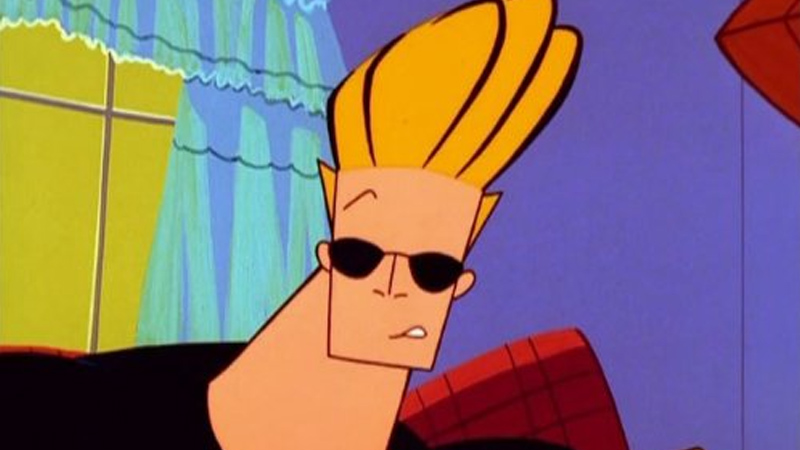
Johnny Bravo is a real piece! The blond rocker of the 60s, with looks like James Dean and a voice like Elvis, has only one wish – to find the woman of his life. Extremely smug, he is convinced that no girl can resist him. However, since his mind is not really his strong point, he cannot possibly understand the message of the girls who respond to his “irresistible” courtship by punching, screaming or sprinkling pepper.
The only two women who truly adore Johnny Bravo are his vivacious mom Bunny, who is convinced that her Johnny will find the right one someday, and the little redheaded neighbor, five-year-old Suzy.
Kipper (1997–2000)
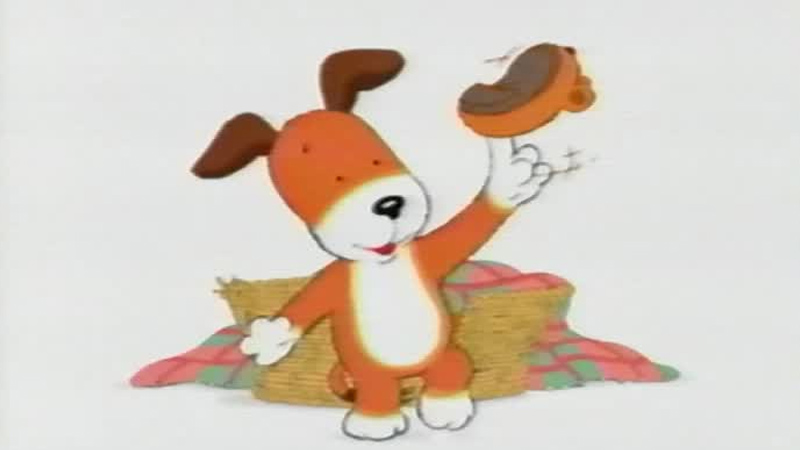
In this charming collection of tales, the curious Kipper explores the attic, goes fishing with Tiger, finds a magical umbrella, takes a trip to the seaside, receives a visitor in the night and more.
The Ren & Stimpy Show (1991–1996)
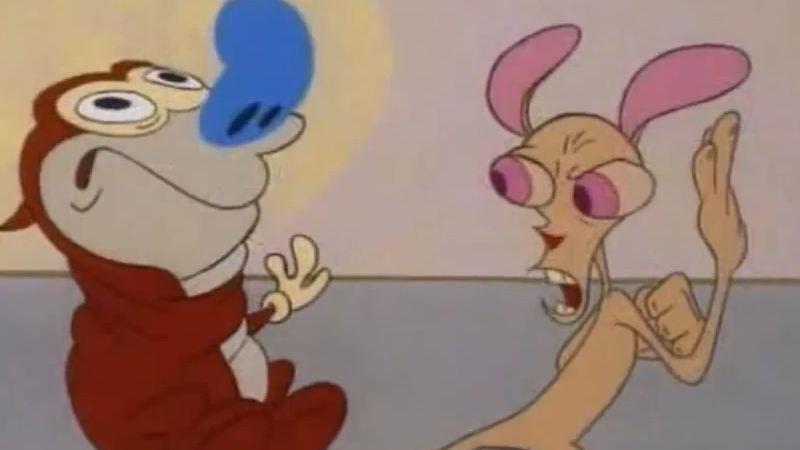
The series centers on Ren Höek, a short-tempered, psychotic, “asthma-hound” Chihuahua Dog, and Stimpson J. “Stimpy” Cat, a dimwitted and happy-go-lucky cat. The duo fill various roles from episode to episode, including outer-space explorers, Old West horse thieves, and nature-show hosts, and are usually at odds with each other in these situations. While the show was sometimes set in the present day, the show’s crew tended to avoid “contemporary” jokes about current events. The show extensively features off-color and absurdist humor, as well as slapstick.
The show features a host of supporting characters. Some appear only in one episode, while others recur and occasionally appear in different roles. They may either be part of the storyline or make cameo appearances with little bearing on the plot. Some, such as Mr. Horse, are exclusively cameo-based, spontaneously appearing as a running gag.
The Lion King (1994)
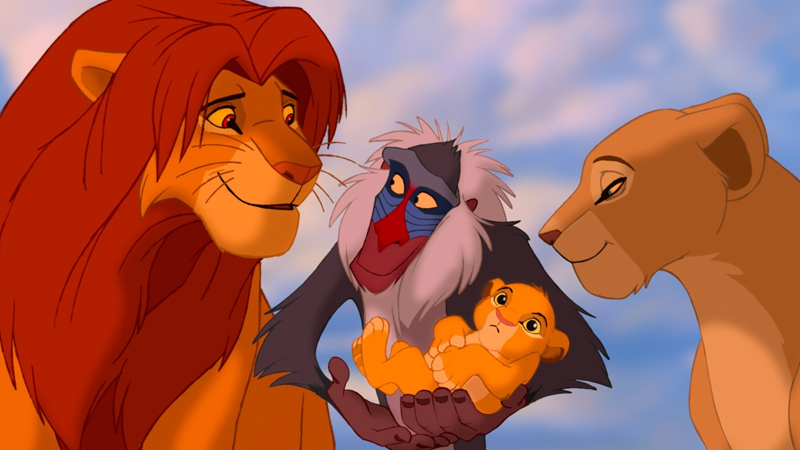
The carefree childhood of Prince Simba, the son of the powerful King Mufasa, is abruptly ended when his uncle Scar kills his father and holds Simba responsible and banishes him from the kingdom. In exile, the lion befriends Pumba the warthog and Timon the meerkat, with whom he spends his days and from whom he learns.
But the day of his coming of age approaches and Simba is visited by the ghost of his father, who tells him that he must return to the kingdom, defeat Scar and take his place on the throne. Embracing the “Hakuna Matata” philosophy, along with his comic friends, Simba sets out to claim what is rightfully his.
Home Movies (1999–2004)
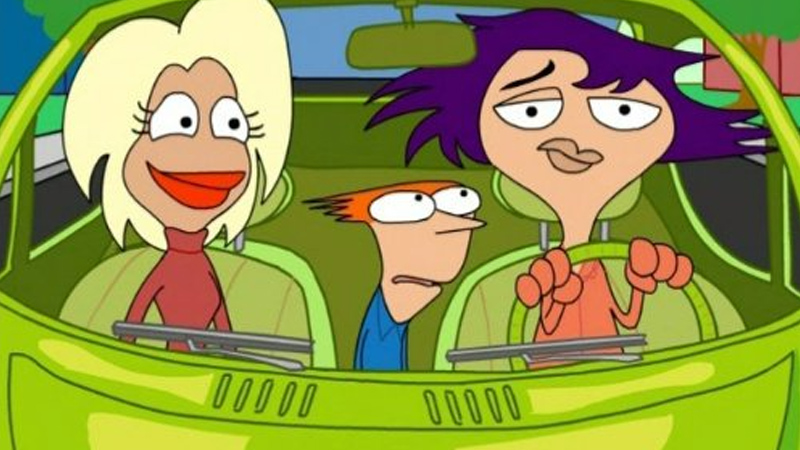
Brendon Small, an ambitious eight-year-old filmmaker, shoots movies in his basement with his two best friends, while coming to terms with adolescence, life, and relationships.
The Magic School Bus (1994–1997)
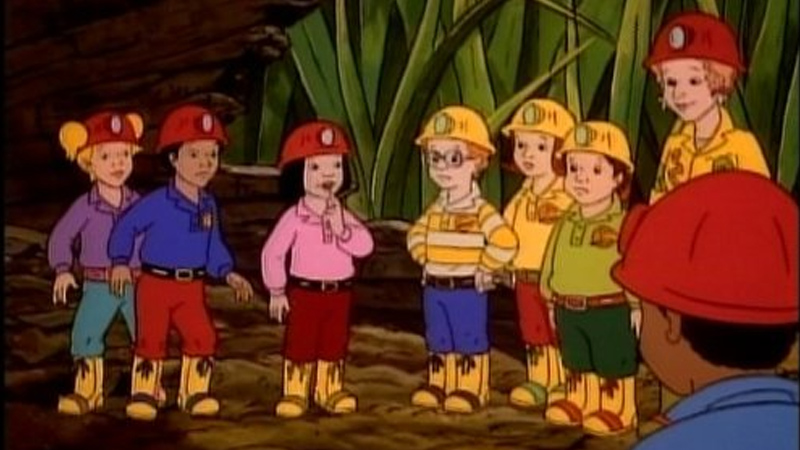
The Magic School Bus is an American edutainment media franchise that includes a book series, a TV series, a streaming series, and video games. Each of the stories within the franchise centers on the antics of a fictional elementary school teacher, Ms. Frizzle, and her class, who board a “magic school bus”, which takes them on field trips to unusual times and locations, such as the Cretaceous Period, outer space, and inside a human body.
The Hunchback of Notre Dame (1996)
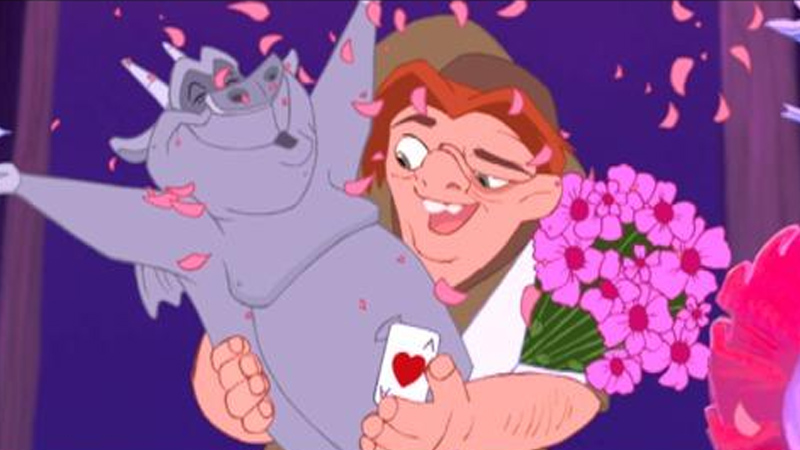
Quasimodo’s guardian, Judge Claude Frollo, forbade him to appear in public, which he obeys with a heavy heart until the big Festival of Madmen. Then, for the first time, he gathers courage and leaves the bell tower and joins the celebration.
He meets the beautiful dancer, the gypsy Esmeralda and the guard captain Phoebus. Phoebus falls in love with Esmeralda, but at the same time, he should bring her into custody considering that she is a fugitive. His job is made easier by Esmeralda herself, who rejects him, while the amorous Quasimodo takes on the role of her savior.
Doug (1991–1994)
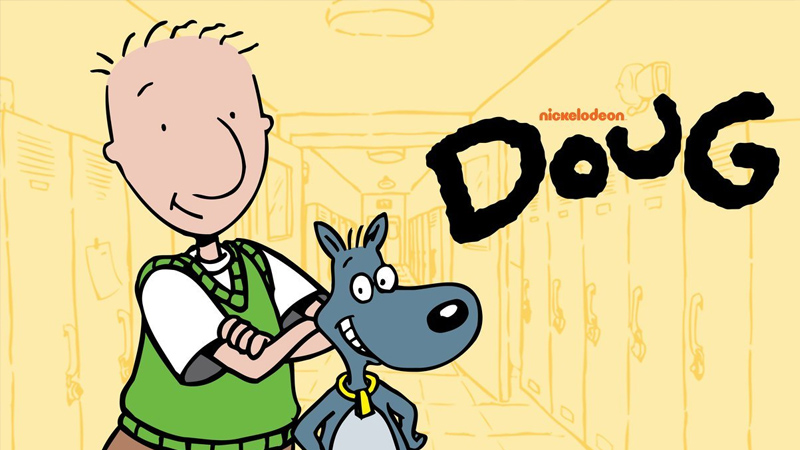
The series revolves around Douglas “Doug” Funnie, an 11 (later 12)-year-old boy who wants to be another face in the crowd, but by possessing a vivid imagination and a strong sense of right and wrong, he is more likely to stand out.
He keeps a journal, which he treats as an autobiography, as he records numerous experiences over the series, which range from learning to dance to getting a bad haircut. Doug Funnie and his family (which consists of his parents Theda and Phil, sister Judy, and dog Porkchop) move from the town of Bloatsburg to Bluffington after his dad receives a job promotion. Bluffington is in the United States but not in any specific U.S. state. However, Bluffington is loosely based on the city of Richmond, Virginia, where creator Jim Jinkins was born and raised.
Daria (1997–2002)
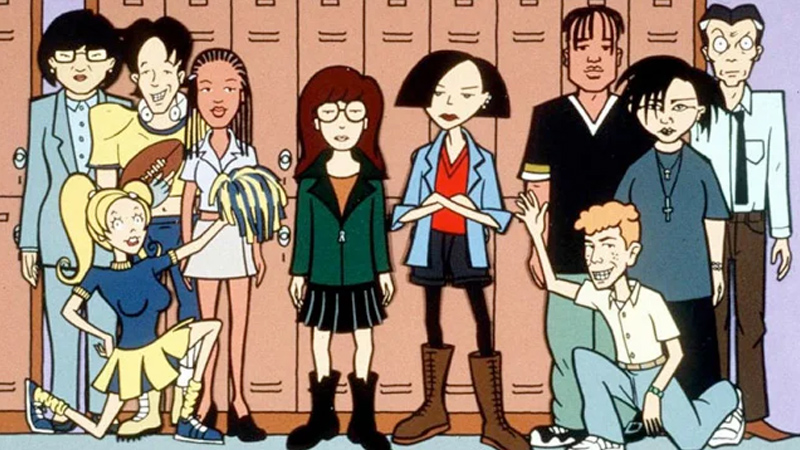
In the cartoon series “Daria”, you will follow the life of this old “hater”, her hard-working, career-obsessed parents Helen and Jake, and annoyingly sweet and popular younger sister Quinn, as Daria attends high school and faces curiosity, confusion, disdain, and here and there some small hint of respect.
During five seasons, Daria was surrounded by shallow and not very intelligent people on whom she perfected her sarcasm in order to survive in the world of these idiots. Her distinctive style consists of large round glasses, military boots, a jacket and a plaid skirt.
With folded arms and accompanied by her best friend Jane Lane, Daria with her sharp mind, and even sharper tongue, lashed out at any superficiality and had no problem letting everyone know what was on her mind (unless her rival would be able to understand the subtlety of her sarcasm, so no see that he became her victim).
However, Daria is not completely untouchable and insensitive either. Her soft spot is dark and moody boys. For a while, she was smitten with Jen’s brother, Trent – a musician whose one look would make her melt – but, unfortunately, Trent didn’t share the same feelings for her. Eventually, Daria started a relationship with her lookalike Tom Sloane.
In 2002, Daria finished high school and went to college. Since then, no new episodes have been made about this unique girl, but her inimitable intelligent humor has become as iconic as all the characters from the series Beavis & But-Head, from which this character originated.
The Wild Thornberrys (1998–2004)
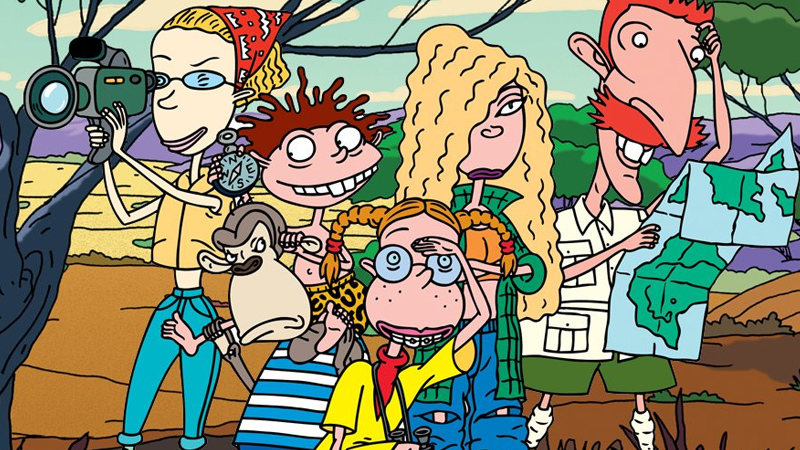
The series focuses around a nomadic family of documentary filmmakers known as the Thornberrys, famous for their televised wildlife studies, as they travel the world in the “Comvee”, a large, amphibious, multifunctional overland motorhome which doubles as their base of operations. It primarily centers on the family’s younger daughter Eliza, and her secret gift of being able to communicate with animals, which was bestowed upon her after having rescued a shaman masquerading as a trapped warthog.
The gift enables her to talk to the Thornberrys’ pet chimpanzee Darwin. Together, the pair frequently venture through the wilderness, befriending many species of wild animals along the way, and discern moral truths and lessons through either their experiences or a particular animal species’s lifestyle; often this means simply assisting the creatures by which they become acquainted in their difficulties.
King of the Hill (1997–2010)
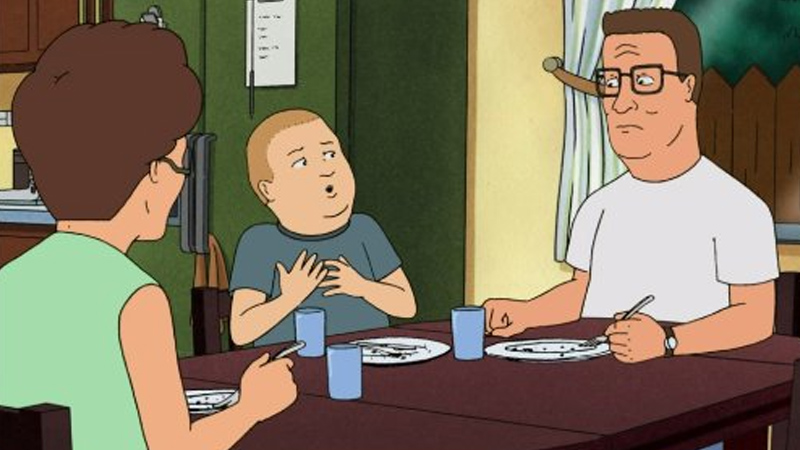
King of the Hill is another animation hit for Beavis and Butthead creator Mike Judge, who also voices the starring character Hank Hill, a propane gas salesman in the fictional town Arlen, Texas. Hank is often besieged by the idiosyncrasies of society, but he finds (some) serenity in his home-life with his wife, substitute Spanish teacher Peggy, his awkward son Bobby and his live-in niece-in-law Luanne Platter.
Adding flavor to the ordinary dish the series serves are Hank’s friends, divorcee military barber Bill Dauterive, paranoid Dale Gribble (with an obsession with Government conspiracy theories) and gibberish spouting Boomhauer.
The Angry Beavers (1997–2001)
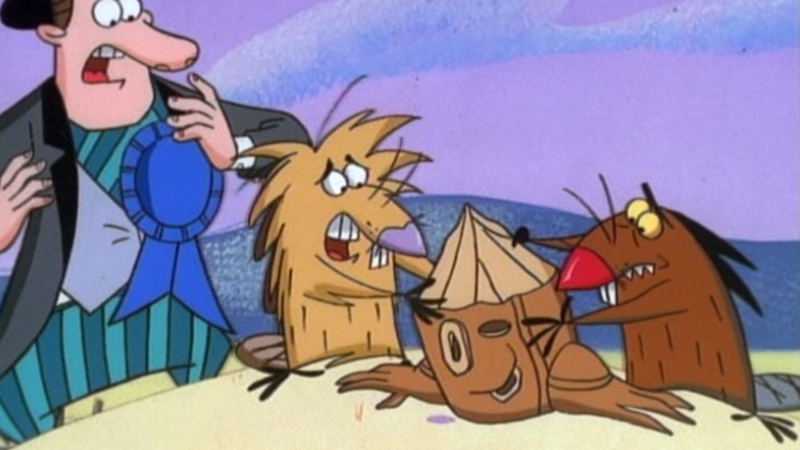
An animated show about two beavers, Norbert and Daggett, who are brothers and share a home. Norb is actually relatively easy-going (or was early on), and Daggett is the angry one. Hilarity Ensues between the two regularly, often in a highly absurd way, crammed full of dialogue both fantastically witty and ridiculously dim.
South Park (1997– )
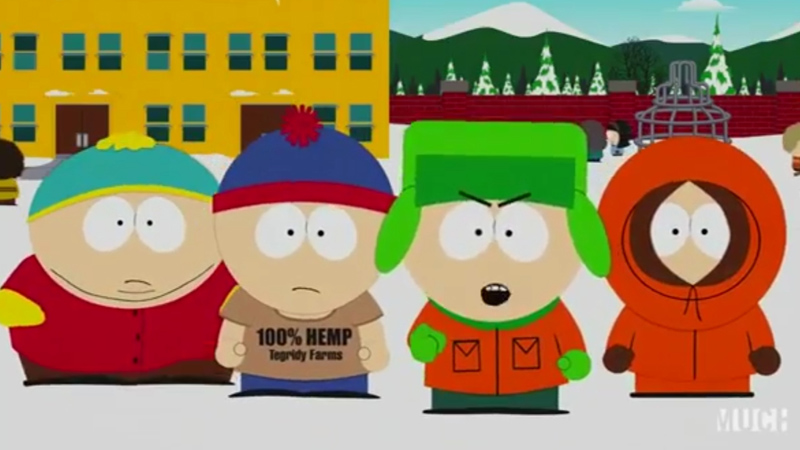
Four boys from Colorado – Stan, Kyle, Cartman and “Oh God, they killed Kenny” have been in third grade for a long time, and have been in fourth grade for ten years. They touched on all important and current world issues, problems and taboos.
In one episode they said “sh**” 162 times, in another 43 times; in racially sensitive America, they threw in the word “nigger” and fooled their own viewers in the 1998 April Fool’s episode where they were supposed to find out who Cartman’s dad was.
Histeria! (1998–2000)
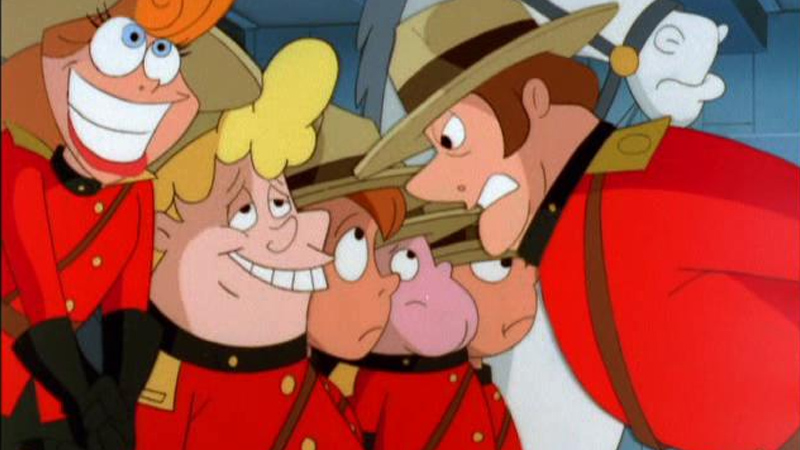
Like other animated series produced at the time by the Warner Bros. animation studio, Histeria! derived most of humor from its slapstick comedy and satire, with the distinction of combining historical figures and events. Episodes would commonly feature a large cast of children and typecast adults in comedic skits and song parodies, e.g. the cause of the American Civil War sung to the tune of The Brady Bunch theme.
The Powerpuff Girls (1998–2023)
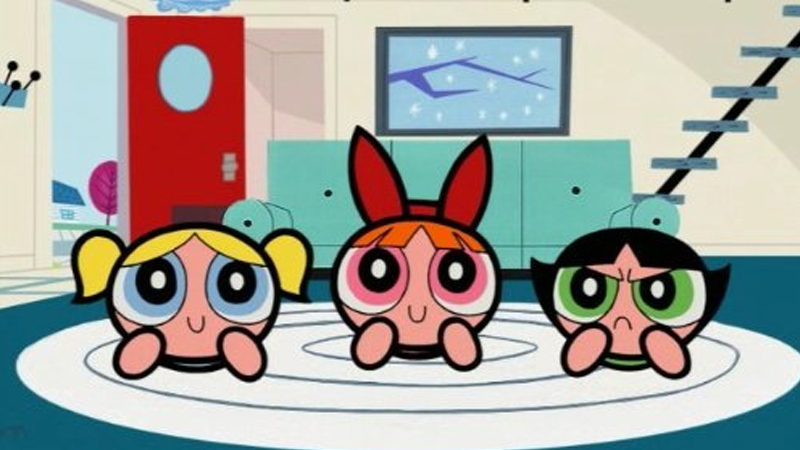
In the unusual city of Townsville live three unusual girls: Blossom, Bubbles and Buttercup. Each girl is a different color, Blossom is pink, Bubbles is blue, and Buttercup is green. They deal with the usual problems that other girls worry about, but they also have superpowers that they use in the fight against criminals.
Tom & Jerry Kids Show (1990–1994)
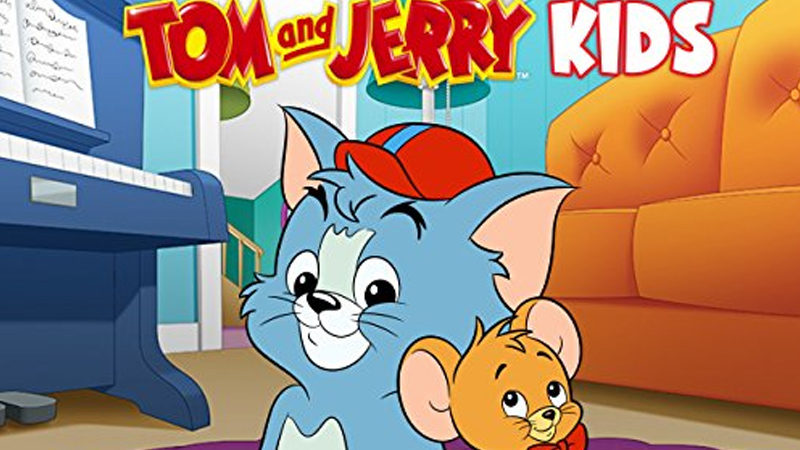
As the name of the cartoon series tells us, the main roles are played by Tom the cat and Jerry the mouse. Of course, they are not the only characters of this series, but they are definitely in the center of attention. Tom tries in vain to turn Jerry into a delicious dinner, but the cunning mouse successfully resists all the cat’s traps and tricks.
The entire cartoon series boils down to the endless rivalry between the cat and the mouse. Sometimes they are joined by the dog Kiler, who mostly takes Jerry’s side, and at the end of each episode the cat Tom gets the upper hand.
Samurai Pizza Cats (1990–1991)
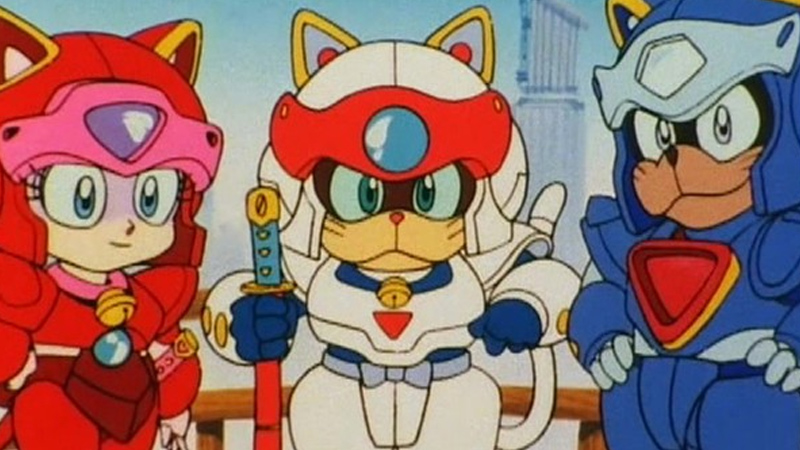
The series is set in Little Tokyo, a mechanical city which fuses feudal Japanese culture with contemporary culture, and is populated by cybernetic anthropomorphic animals. The city is nominally led by Emperor Fred, a doddering eccentric.
The city’s actual leadership lies in the hands of the city council and the emperor’s daughter, Princess Violet. The council is headed by ambitious Prime Minister Seymour “The Big” Cheese, a rat who constantly plots to overthrow the Emperor. Big Cheese is aided by his inept minions: trusted adviser Jerry Atric and Bad Bird, the leader of an army of ninja crows.
Unknown to the prime minister, council member, and palace guard commander “Big Al” Dente has learned of his designs on leadership, but is unable to prosecute him for treason because of the plausible deniability he maintains.
Instead, Al Dente enlists the services of Speedy Cerviche, Polly Esther, and Guido Anchovy, three cyborg cat samurai who work in the city’s pizzeria, along with their operator Francine. Known collectively as the Samurai Pizza Cats, the three are assigned to stop Big Cheese and his evil henchmen’s plans to take over Little Tokyo.
Courage the Cowardly Dog (1999–2002)
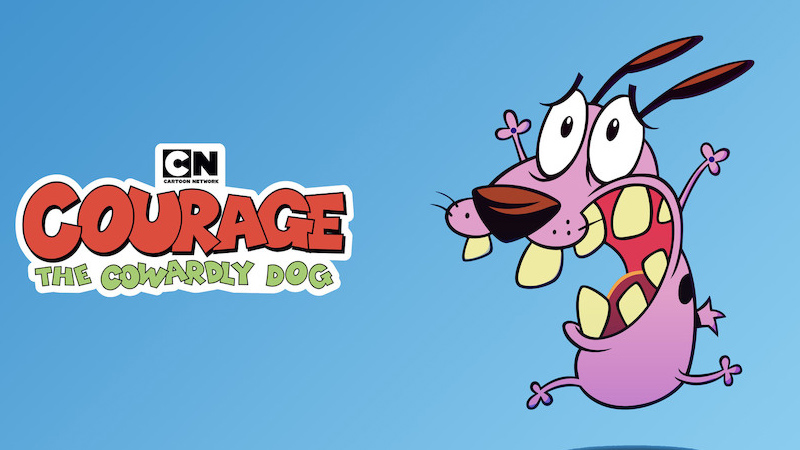
The offbeat adventures of Courage, a cowardly dog who must overcome his own fears to heroically defend his unknowing farmer owners from all kinds of dangers, paranormal events and menaces that appear around their land.
Street Sharks (1994–1996)
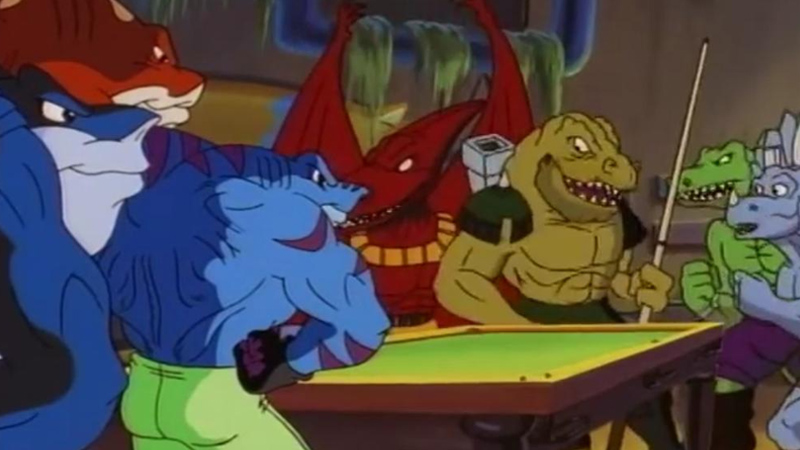
Ripster, Jab, Streex and Slammu must protect their reputations and change the way they are being viewed in Fission City. They must fight Dr. Piranoid as well as finding their father once and for all.
CatDog (1998–2005)
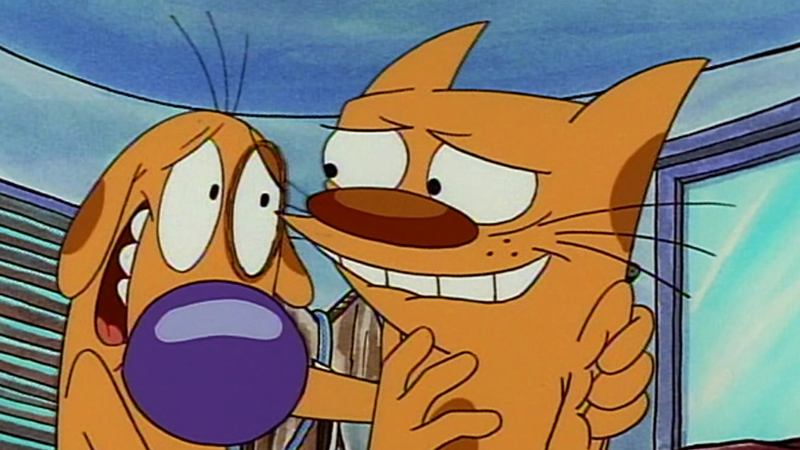
Dogs like Rock’n’Roll, cats don’t. Dogs like to dig through trash, cats don’t. The complete opposites of the character traits of a dog and a cat, combined in the body of one pet, is the main reason why this animated series provides irresistible entertainment for all ages.
Ed, Edd n Eddy (1999–2008)
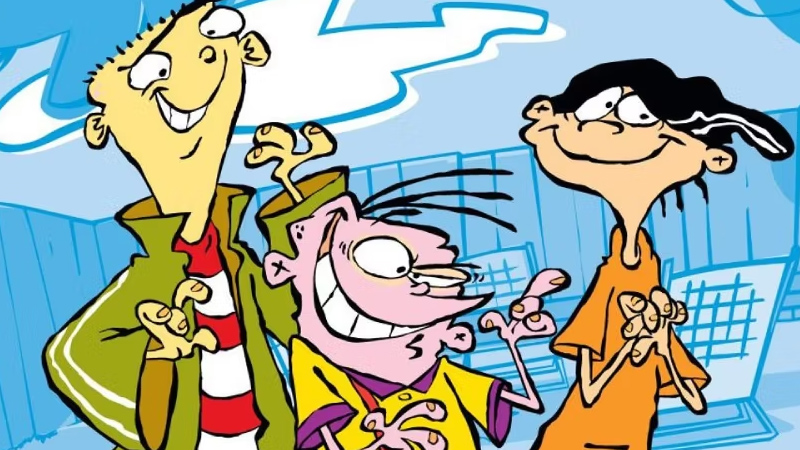
Three adolescent boys, Ed, Edd “Double D”, and Eddy, collectively known as “the Eds”, constantly invent schemes to make money from their peers to purchase their favorite confectionery, jawbreakers. Their plans usually fail though, leaving them in various predicaments.
SpongeBob SquarePants (1999– )
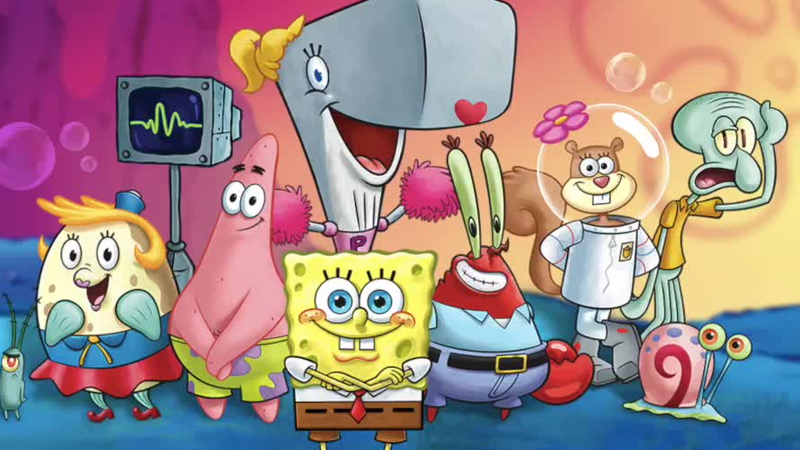
The character-driven cartoon chronicles the nautical and often nonsensical adventures of SpongeBob, an incurably optimistic and earnest sea sponge, and his underwater friends. Dwelling a few fathoms beneath the tropical isle of Bikini Atoll in the sub-surface city of Bikini Bottom, SpongeBob lives in a two-story pineapple. Instead of taking the logical approach to everyday challenges, SpongeBob approaches life in a wayward and unconventional way.
Whether searching for the ultimate spatula to perfect his burger flipping technique at the Krusty Krab or just hanging out with his best friend Patrick (an amiable starfish), SpongeBob’s good intentions and overzealous approach to life usually create chaos in his underwater world.
Sabrina, the Animated Series (1999–2000)
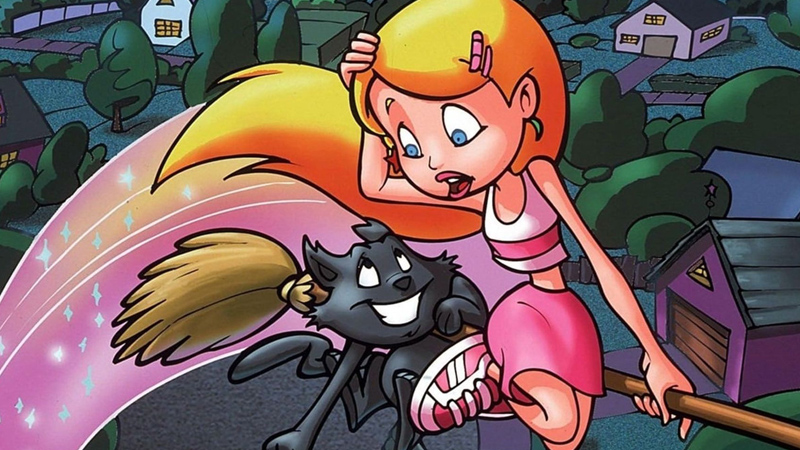
Unlike previous incarnations, Sabrina Spellman in this series is depicted as a 12-year-old attending middle school. As in the original comic series, Sabrina lives with her paternal witch aunts, Hilda and Zelda Spellman and her loud-mouthed black cat Salem Saberhagen, all of whom advise Sabrina on the use of several magics.
Most episodes center on the typical issues of middle school, along with those that emanated from Sabrina’s inexperience with or misuse of several magic, witchcraft and extremely powerful and complex spells.
Sabrina and her best friend Chloe would often use magic (often from the “Spooky Jar”; a cookie jar containing a genie-like being in the family’s kitchen) for all types of perceived emergencies, ranging from trying to fit into skinny new clothes to turning Sabrina’s crush Harvey into a superhero. By the end of each episode, her innate magical abilities would unintentionally backfire and Sabrina would learn that using magic usually is not the solution to her everyday issues.
Beast Wars: Transformers (1996–1999)
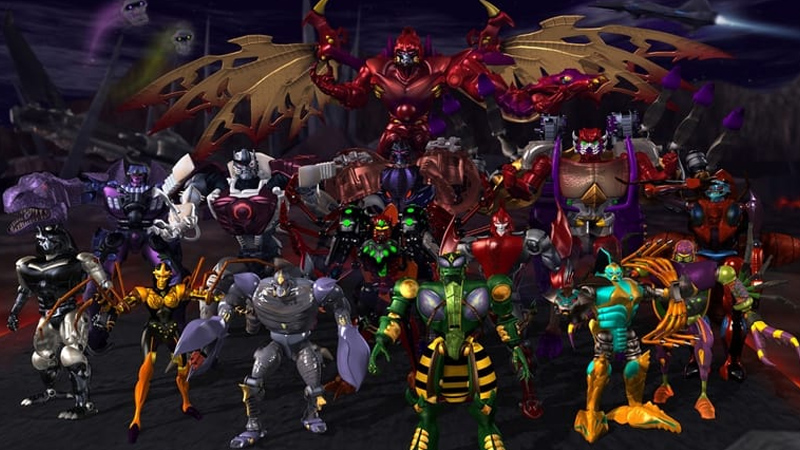
The series is set in the future of the “original” Transformers franchise, 300 years after the events of The Transformers, and features the Maximals and Predacons, descendants of the Autobots and Decepticons respectively. While engaged in battle, small teams from each faction crash land on an unknown planet, and must find a way to return home while continuing their war.
Recess (1997–2001)
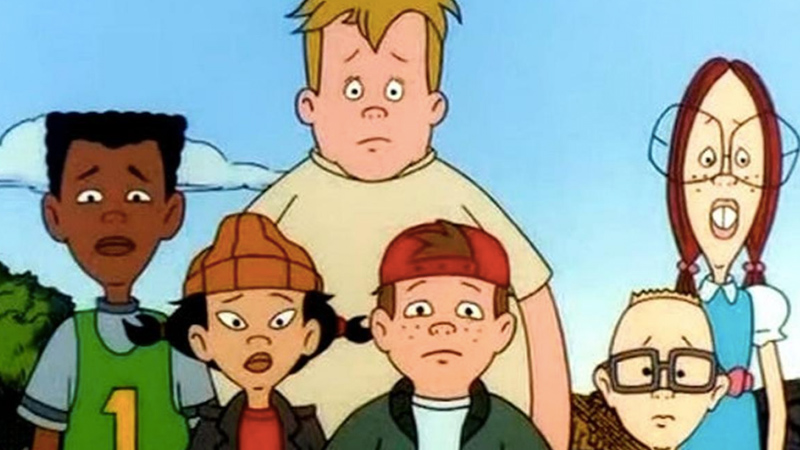
Animated TV series about the adventures of six elementary school students during the school break. Comic stories of a group of friends during the school holidays. They grow up, learn about each other and often come into conflict with the authorities.
Pokémon (1997– )
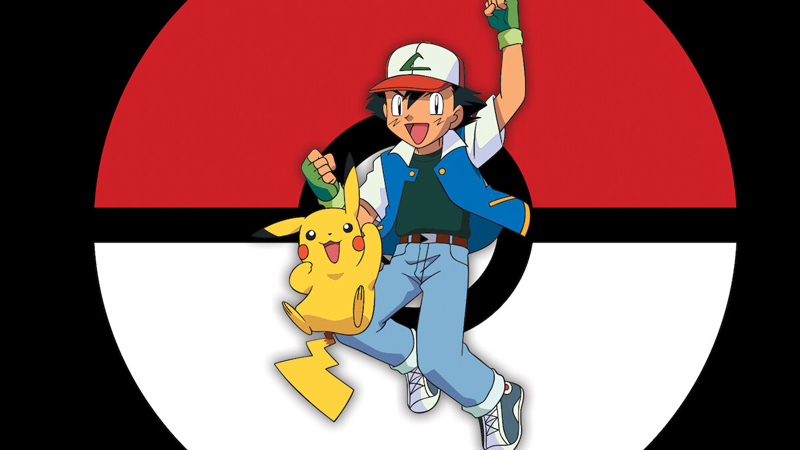
The anime franchise consists of seven sequential series in Japan, each based on a main installment of the Pokémon video game series. In the international broadcasts, these series are split across 24 television seasons, with the 24th season, Master Journeys, streaming on Netflix in the United States (with additional episodes to be released quarterly). Each of the series follows Ash Ketchum, a young trainer of fictional creatures called Pokémon.
Joined by his partner Pokémon Pikachu and a rotating cast of human characters, currently Goh, Ash goes on a journey to become a “Pokémon Master”, travelling through the various regions of the Pokémon world and competing in various Pokémon-battling tournaments known as the Pokémon League.
Rolie Polie Olie (1998–2007)
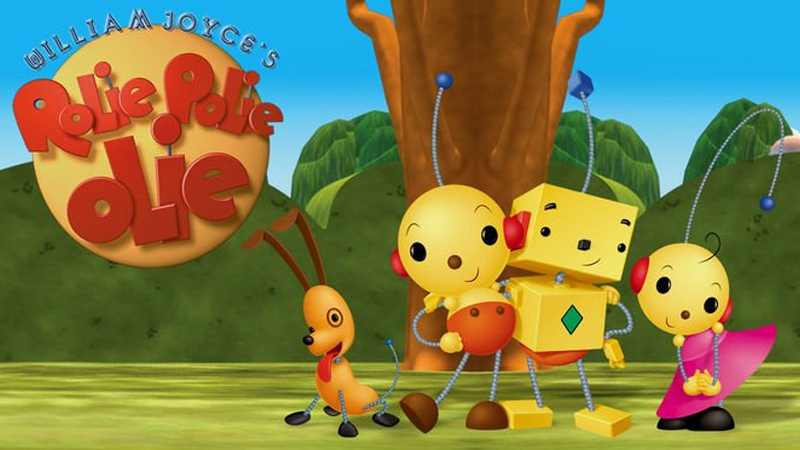
The show focuses on the Polie family, who live in a teapot-shaped house in a geometric world (Planet Polie) populated by robot-based characters. The stories revolve around a young robot named Olie learning life lessons and going on wacky adventures (either real or imaginative) while growing up.
These often include his younger sister Zowie, his inventor father, his hard-working mother, his fun-loving grandfather Pappy, and his dog Spot. Although most of the main cast consists of circular bots, other characters are featured in other shapes, such as Olie’s friend Billy Bevel and his family, who are square-shaped bots from Planet Cubey.
Aaahh!!! Real Monsters (1994–1997)
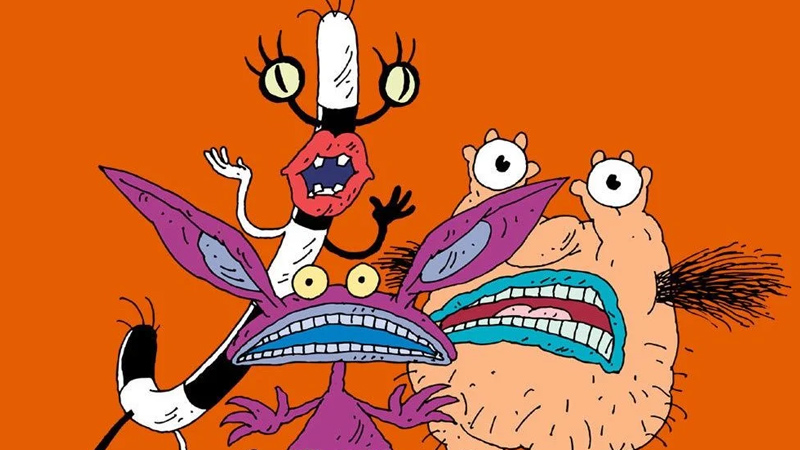
The episodes follow the adventures of Ickis, Oblina, and Krumm, three young monster friends attending a monster school whose headmaster is The Gromble.
The show is set in New York City, demonstrated throughout the series by the presence of the Empire State Building and the IND Subway System, and in the episode “Monster Make-Over” when Ickis refers to himself as “the ugliest, slimiest, razor fanged, sharp clawed, monster menace this side of Newark!”
The dump the monsters inhabit is implied to be Fresh Kills Landfill, but never explicitly named in the series. The monster community includes a working economic system using toenails as currency.
Bobby’s World (1990–1998)
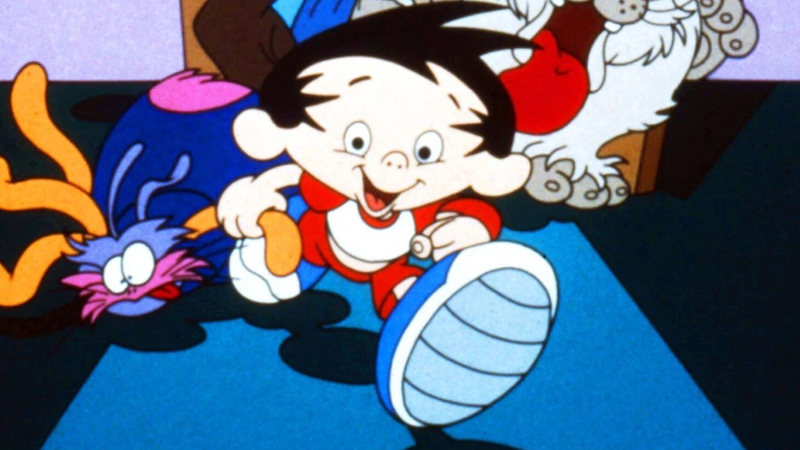
Bobby Generic lives in a typical suburban neighborhood and uses his overactive imagination to discover a world of daring adventure, incredible wonder and lots of laughs — all in pint-sized perspective.
Rocket Power (1999–2004)
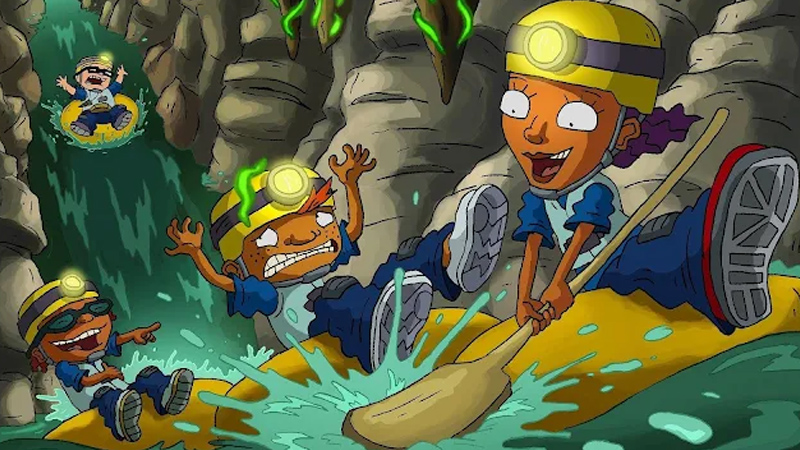
Rocket Power revolves around the day-to-day adventures of a gang of four young and loyal friends; the adventurous and vain sports enthusiast and perfectionist: Oswald “Otto” Rocket; his tomboyish and responsible older sister: Regina “Reggie” Rocket; Otto’s dim-witted but loyal best friend and videographer: Maurice “Twister” Rodriguez; and the brainy techno whiz kid and relative newcomer: Sam “Squid” Dullard — who live in the fictional beach town of Ocean Shores, California, where they spend their free time playing extreme sports, getting into various situations and overcoming the trials and challenges of growing up.
Otto and Reggie live with their widowed strict but loving dad, Ray “Raymundo” Rocket, who along with his best friend and business partner, Tito Makani, owns and operates the Shore Shack – a restaurant and surf shop where the gang usually hangs out. In most episodes, they get involved in competitions, but end up learning that their friendship is more important than winning.
Batman Beyond (1999–2001)
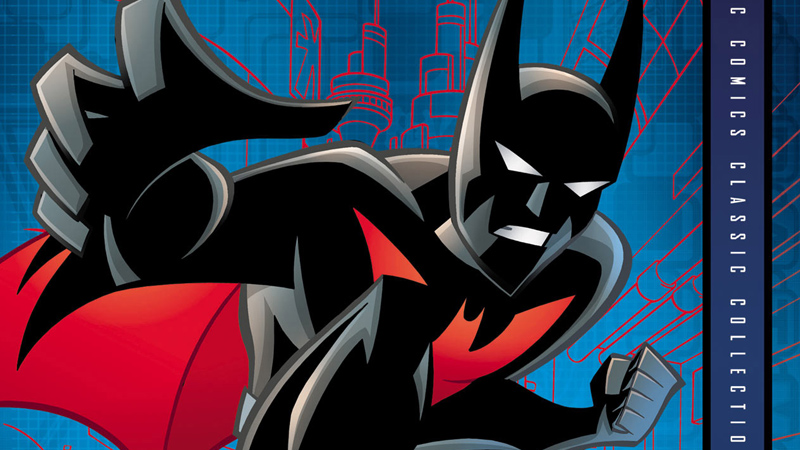
Depicting a teenaged Batman (Terry McGinnis) in a futuristic Gotham City under the tutelage of an elderly Bruce Wayne, Batman Beyond is chronologically the final series of the DC Animated Universe (despite being released before Static Shock, Justice League and Justice League Unlimited as the fourth series), and serves as a continuation of both Batman: The Animated Series and The New Batman Adventures. Due to the series taking place in the same universe as Batman: The Animated Series, Bruce Timm thought it was ideal to have Kevin Conroy voice the older Batman.
Mighty Ducks: The Animated Series (1996-1997)
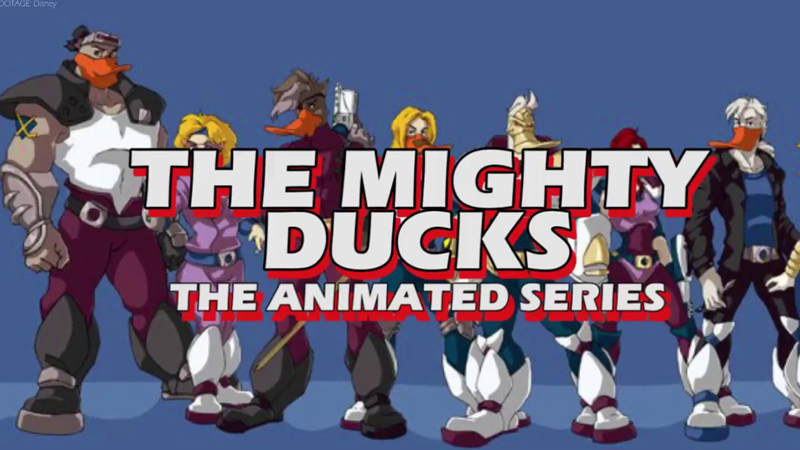
Mighty Ducks is an American animated television series that aired on ABC and The Disney Afternoon in the fall of 1996. The show was inspired by and loosely based on the live-action films and the NHL team of the same name.
DisneyQuest, an “Indoor Interactive Theme Park” located in the Downtown Disney area of the Walt Disney World Resort, has an attraction loosely based on the program called Mighty Ducks Pinball Slam. Wildwing is the only character from the show featured, first as a life-size cutout at the front of the queue line and then again as the goalie in the game.
Family Guy (1999– )
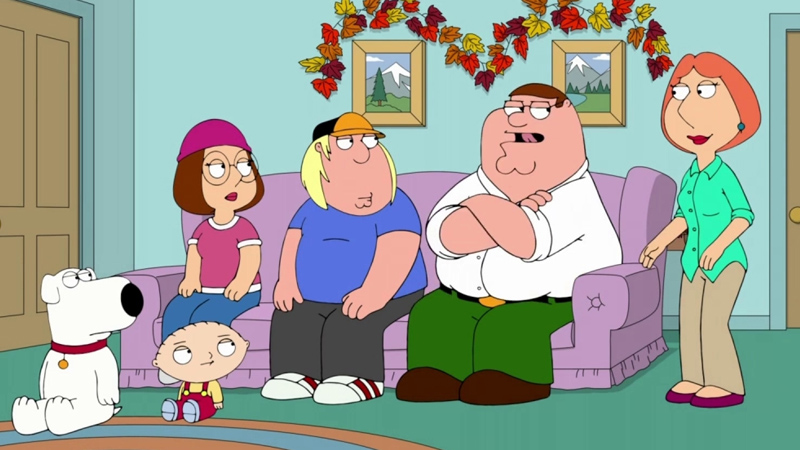
“Family Guy” is known for its dark humor and realistic depiction of the everyday life of an average family. The Griffin family is similar to other American families, “perhaps” they are set apart by the dog Brian who speaks and has human qualities and the little genius Stewie.
The Griffin family consists of parents Peter and Lois and their children Meg, Chris and Stewie, and a dog named Brian who possesses human traits.
Blue’s Clues (1996–2020)
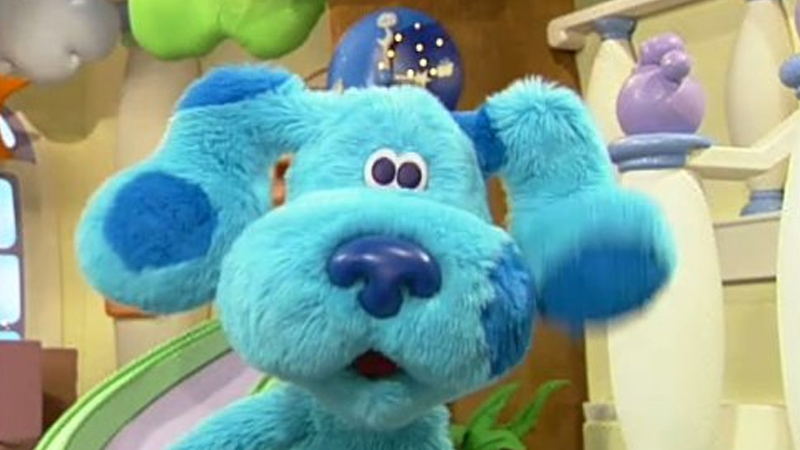
The show follows an animated blue-spotted dog named Blue as she leaves a trail of clues/paw prints for the host and the viewers to figure out her plans for the day. Blue’s Clues became the highest-rated show for preschoolers on American commercial television and was critical to Nickelodeon’s growth.
Futurama (1999–2023)
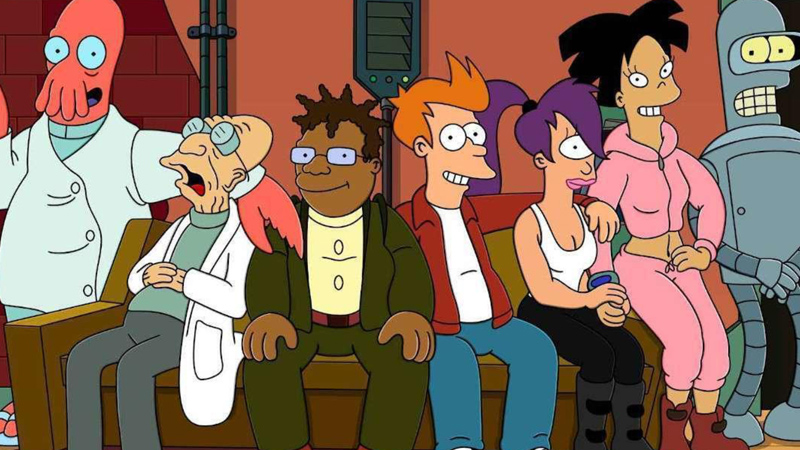
The action takes place in New York in the year 3000. The series begins with the celebration of the new year 2000, when Philip J. Fry, a pizza delivery boy, is accidentally frozen. He is unfrozen a thousand years later, and discovers New York, with many new laws and customs, which, although they seem strange to him, seem completely normal to the inhabitants of that time.
The series follows Fry’s “adventures” as he works as a deliveryman for interplanetary shipments. Although the environment is visibly different, the humans and sentient robots have been slightly altered. This is, in fact, what gives the series a satirical tone, because the message is that human society is still weak and slow to progress and develop.
Franklin (1997–2006)
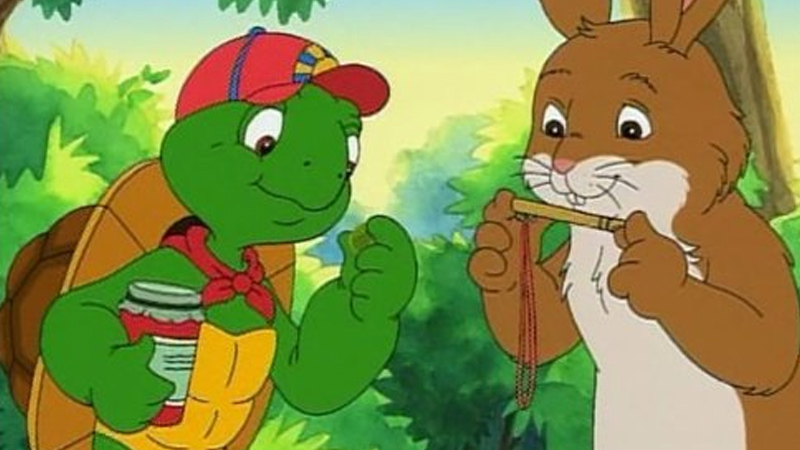
Franklin focuses on the eponymous growing young turtle who, as his television stories and books always begin, “could count by twos and tie his shoes”. He goes to school, lives in a small village called Woodland with his friends, and has many adventures playing and learning in the world around him, sometimes with the helping hand of an adult such as his parents, Mr. and Mrs. Turtle.
Franklin likes swimming, arts and crafts (especially drawing), and loves shoofly pie. He’s been known to be afraid of the dark and thunderstorms. Franklin has a best friend named Bear, as well as a blue blanket and a blue plush dog with shorter purple ears named Sam. In earlier seasons, he sleeps with his blanket and Sam. When Franklin is scared by thunderstorms, Sam and his blue blanket help keep him calm.
Biker Mice from Mars (1993-1996)
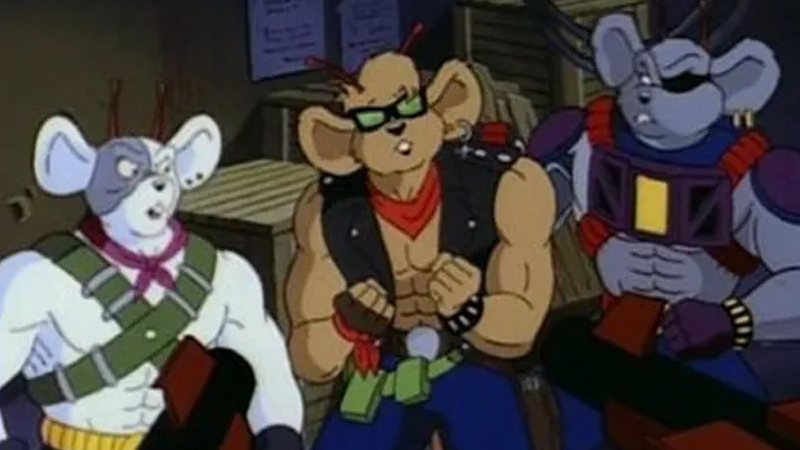
On the planet Mars, there existed a race of anthropomorphic mice who enjoyed motorsports and had a very similar culture and society to that of human beings. At some point in time they were all but wiped out by the Plutarkians, an alien race of obese, foul-smelling, worm-eating, fish-like humanoids who plunder other planets’ natural resources because they have wasted all of their own.
Three survivors: Throttle, Modo and Vinnie, manage to find a spaceship and escape the Plutarkian takeover but they are soon shot down by a Plutarkian warship and end up crash-landing on Earth in the city of Chicago, specifically in the scoreboard of Quigley Field. There they meet a charming female mechanic named Charlene “Charley” Davidson and discover that the Plutarkians have come to Earth to steal its natural resources.
The Biker Mice investigate the crumbling ghetto of the windy city and soon discover that Chicago’s leading industrialist, Lawrence Limburger, is actually a Plutarkian who disguises himself as a human, plotting to ransack Earth’s resources to send to his own dying planet. Limburger enlists two henchmen, mad scientist Dr. Karbunkle and the idiotic Greasepit to help him steal Earth’s natural resources and send them to Plutark with the help of some supervillains that they transport from another location in the galaxy.
The Biker Mice dedicate themselves as heroic vigilantes destined to stop Limburger’s evil schemes. The most frequent sign of victory is destroying Limburger’s tall tower, forcing him to constantly spend money and time to rebuild it by the next episode.


